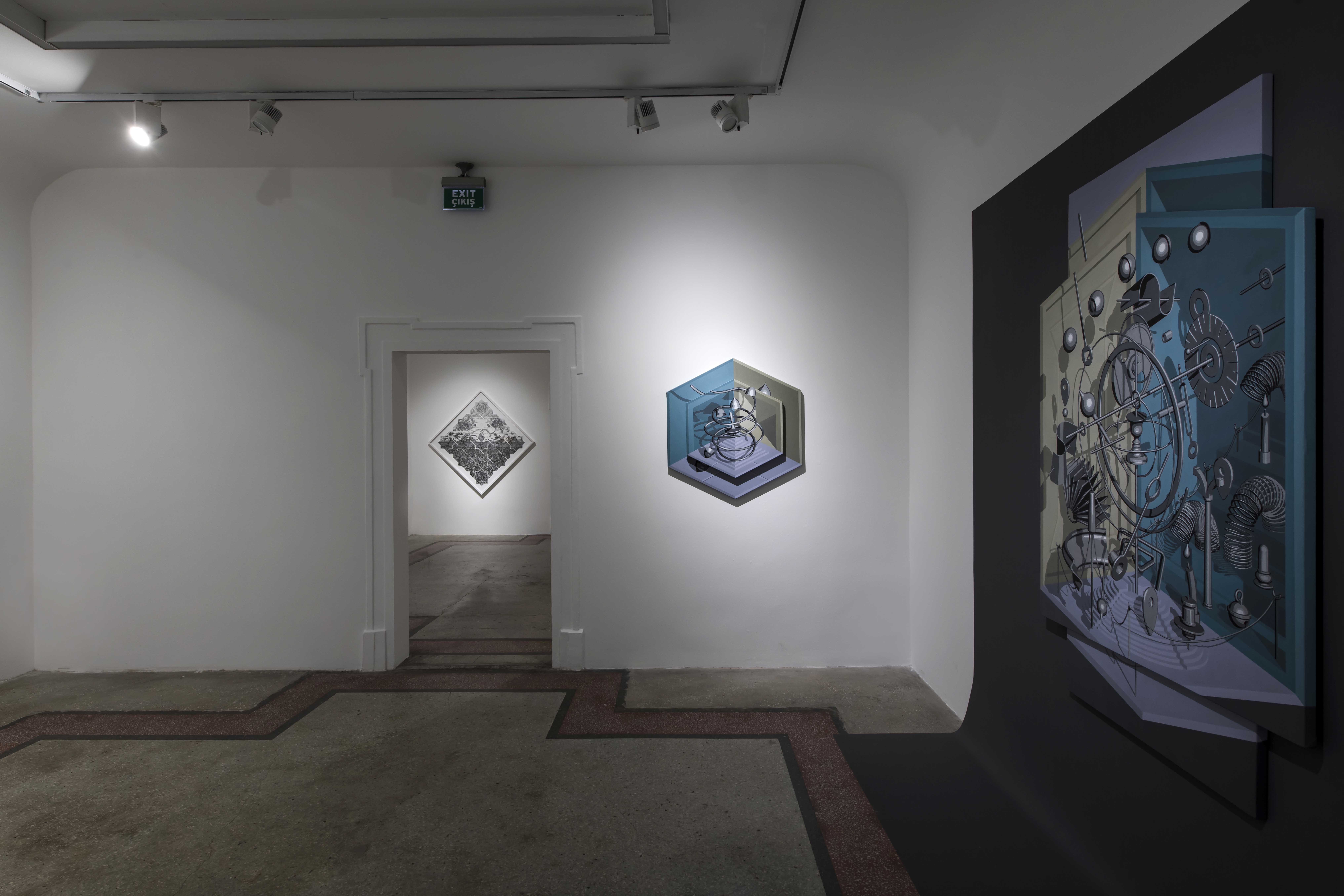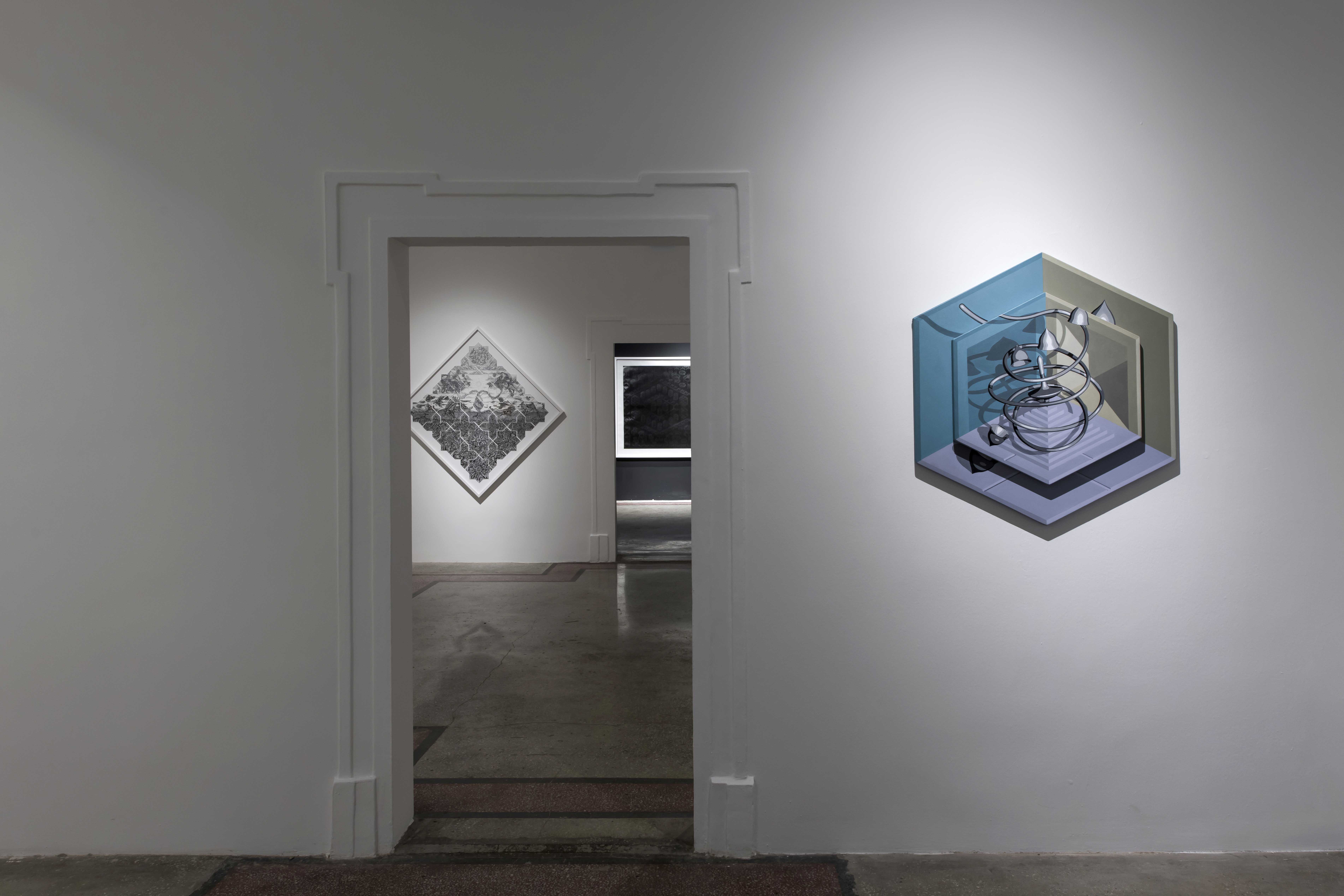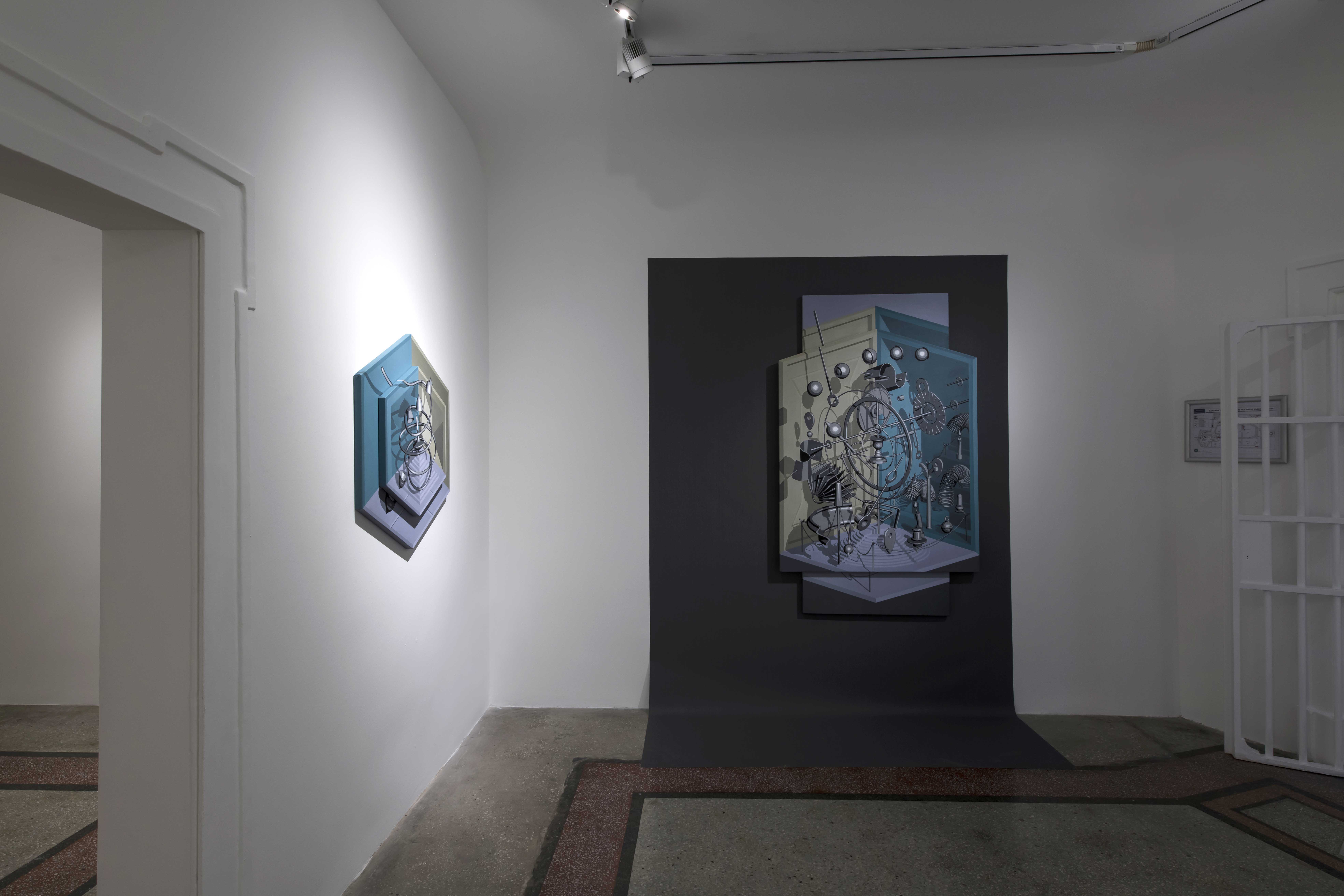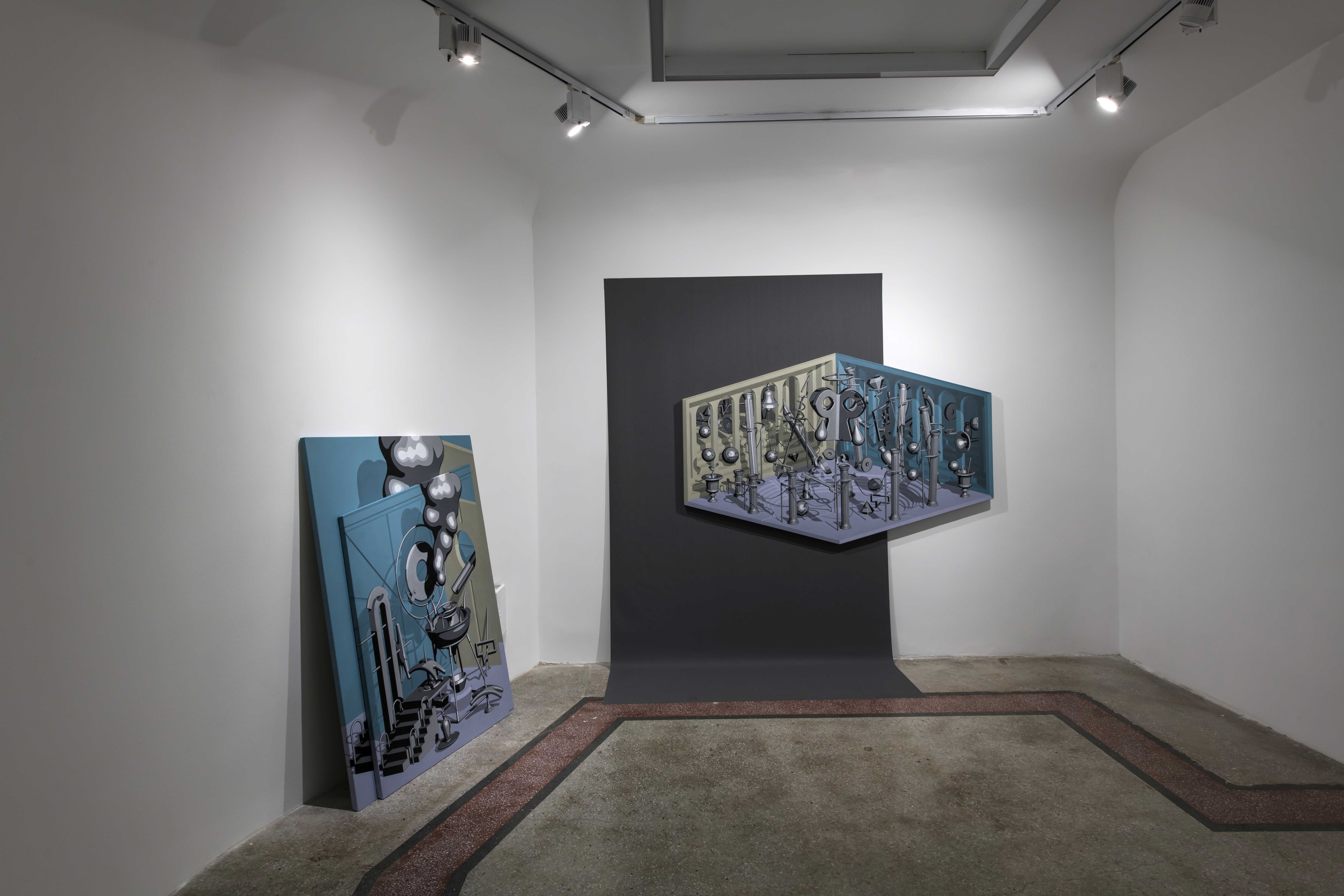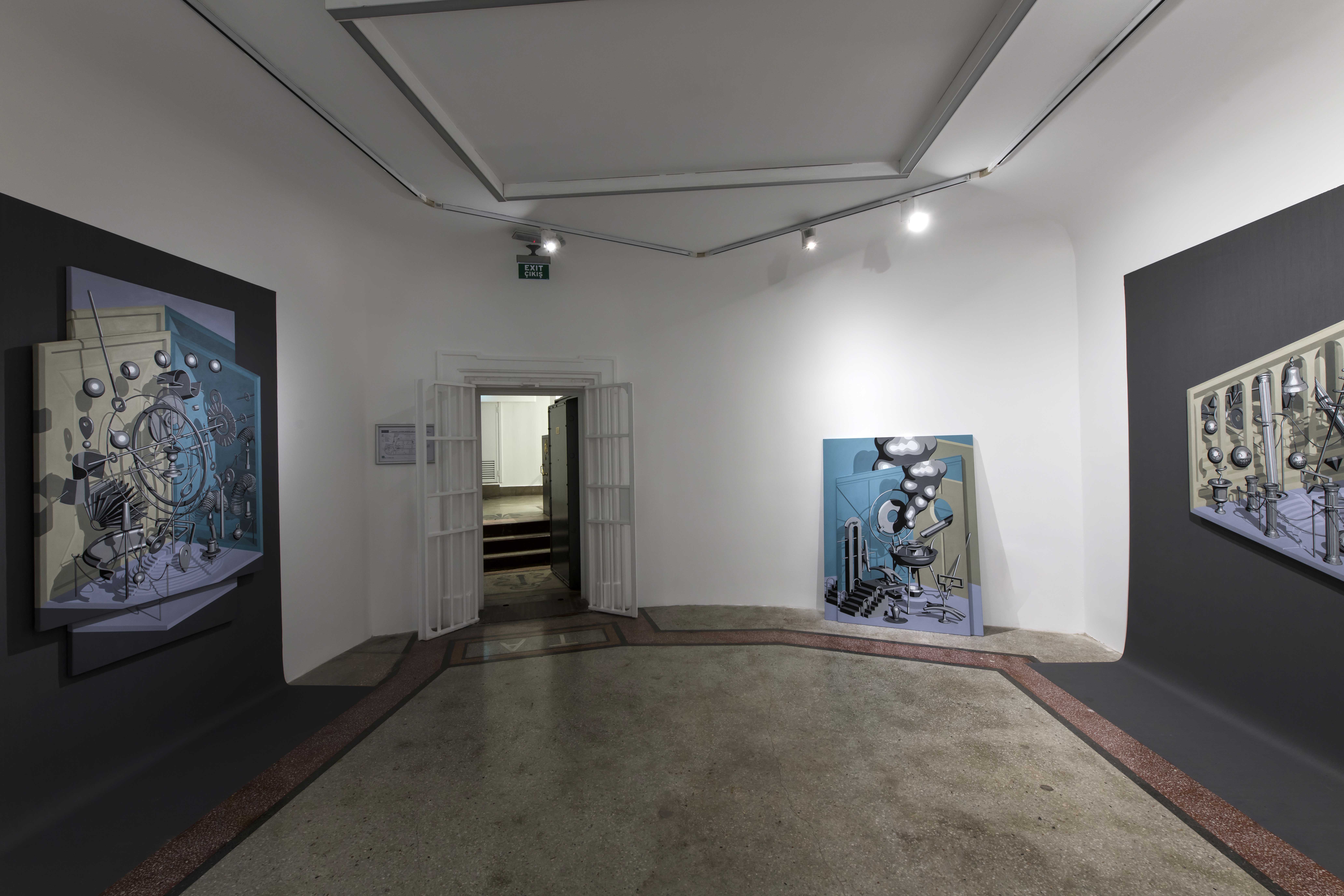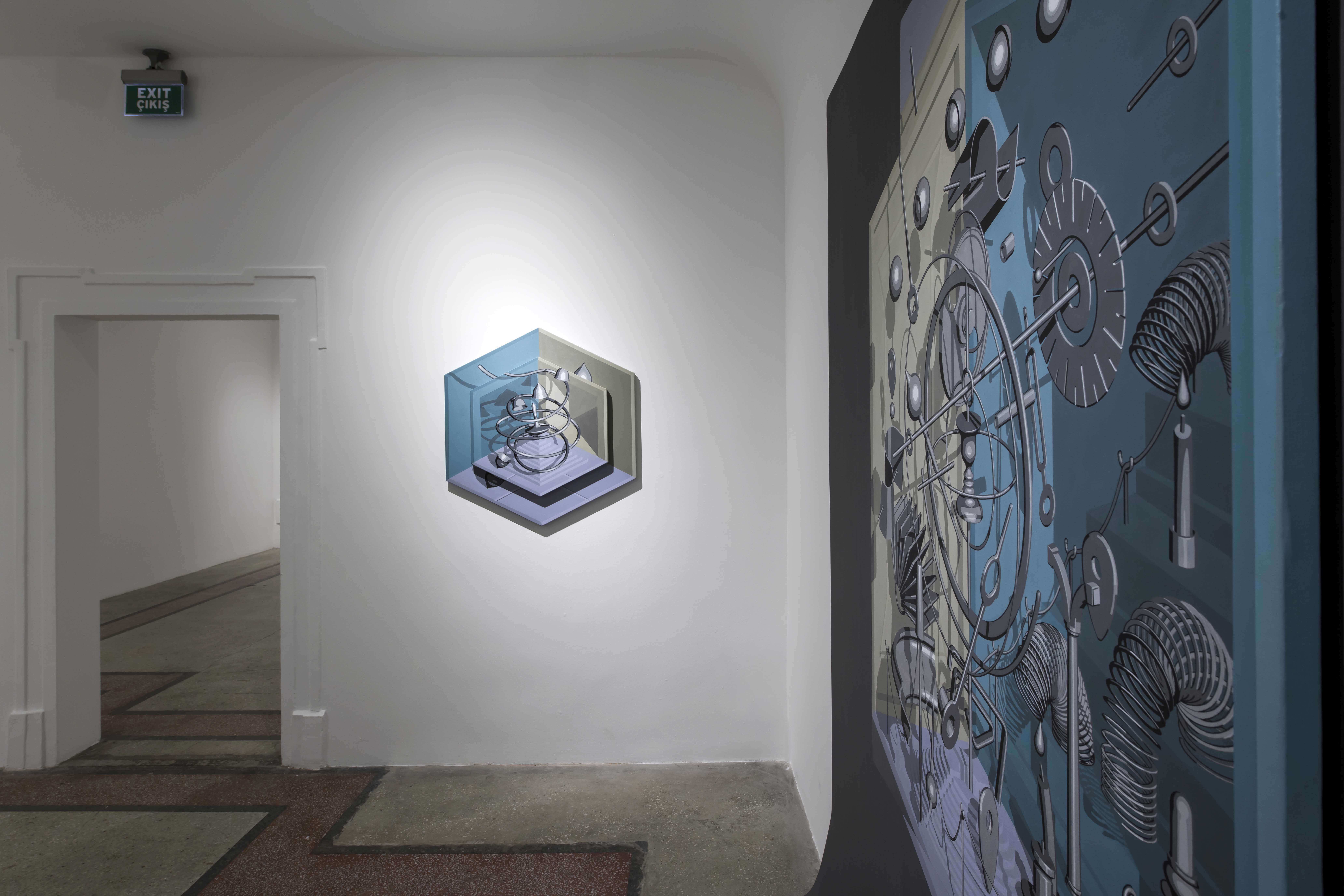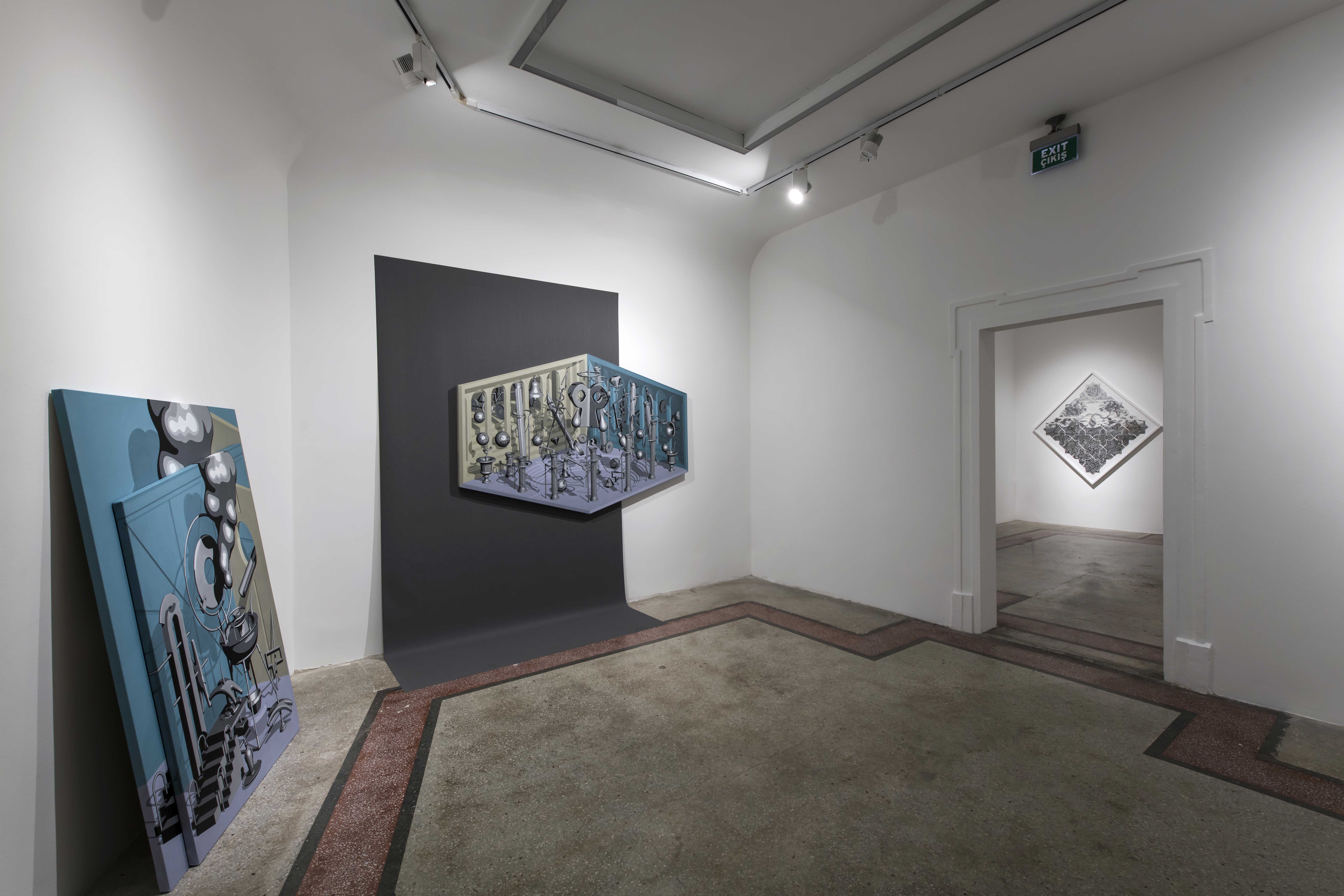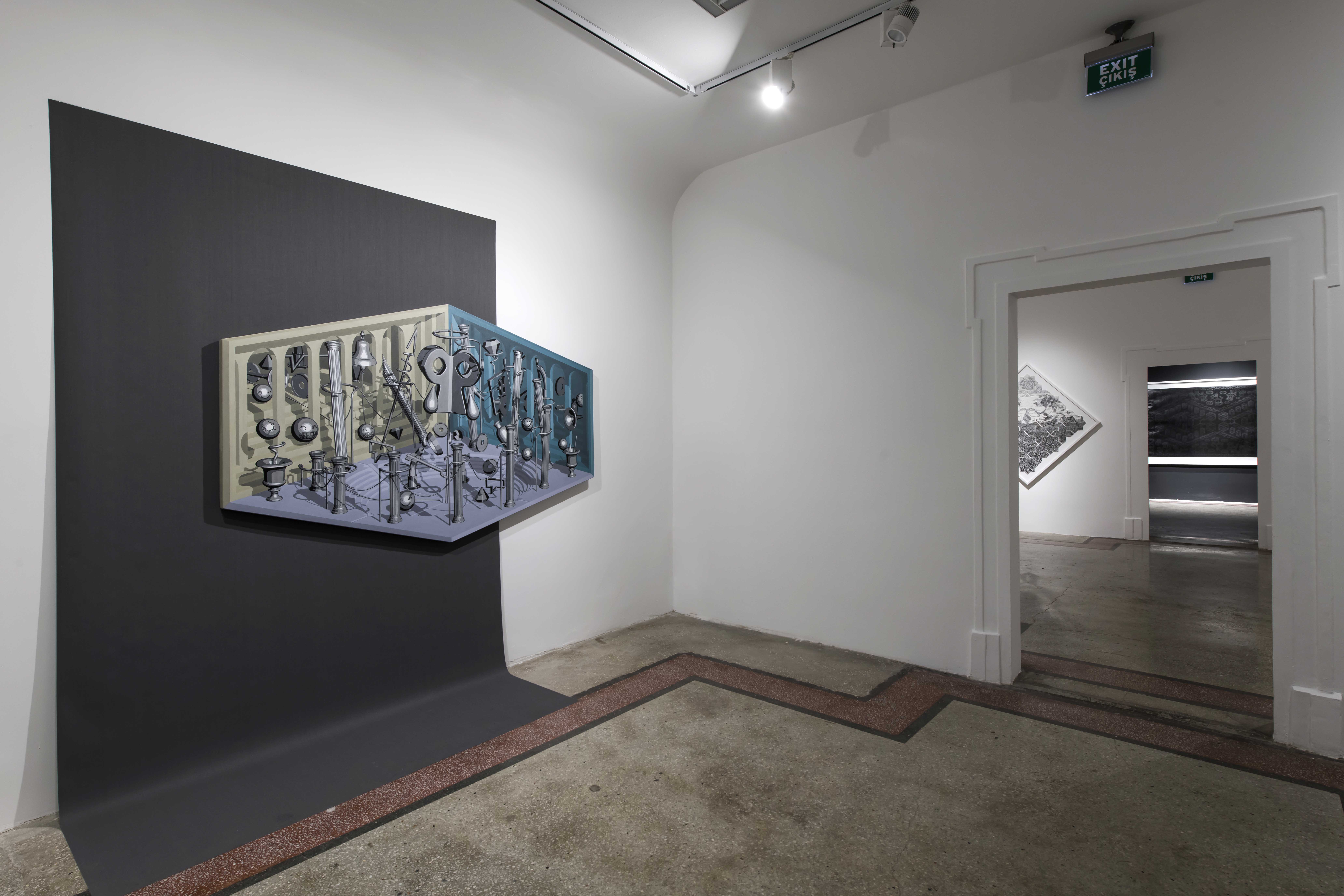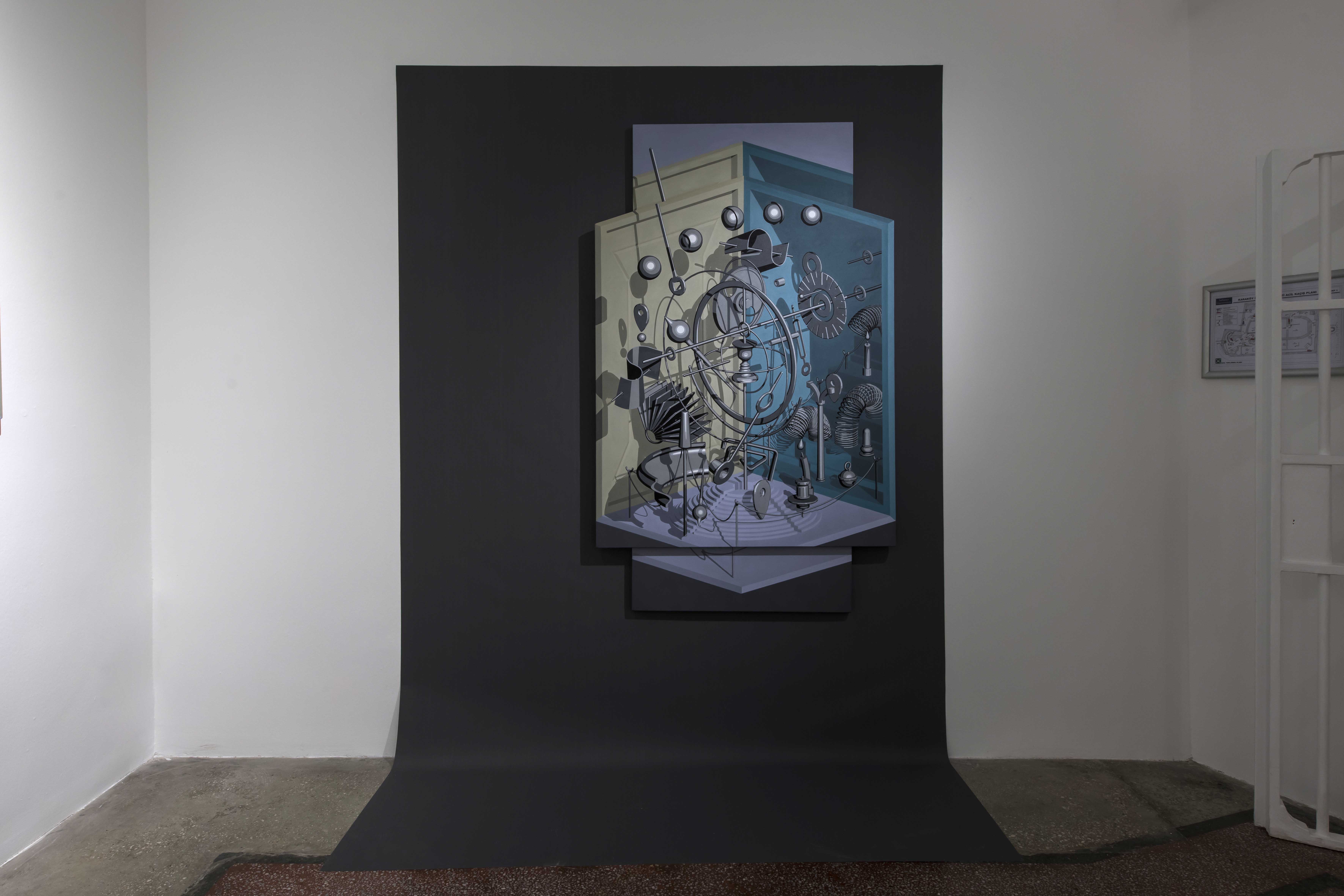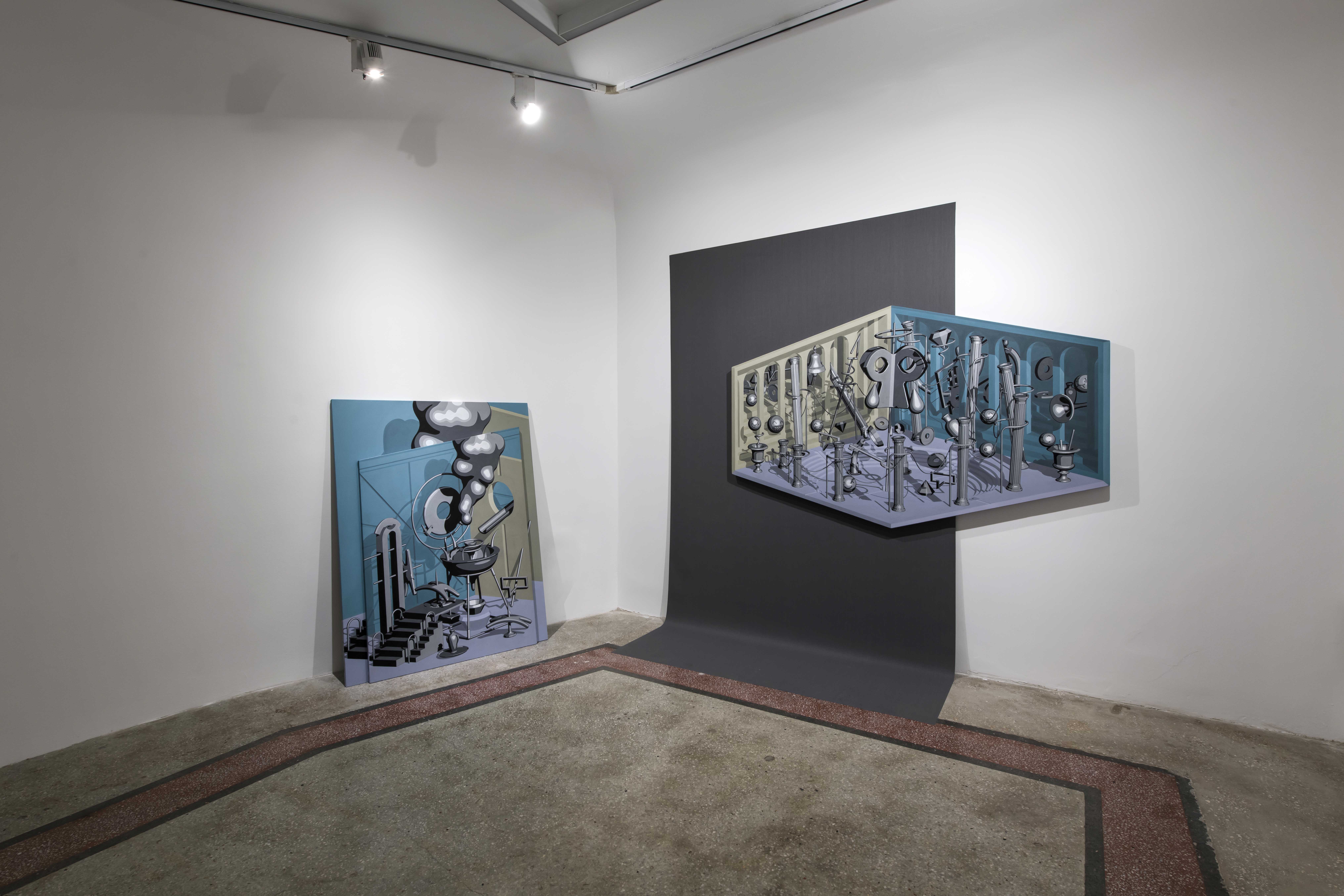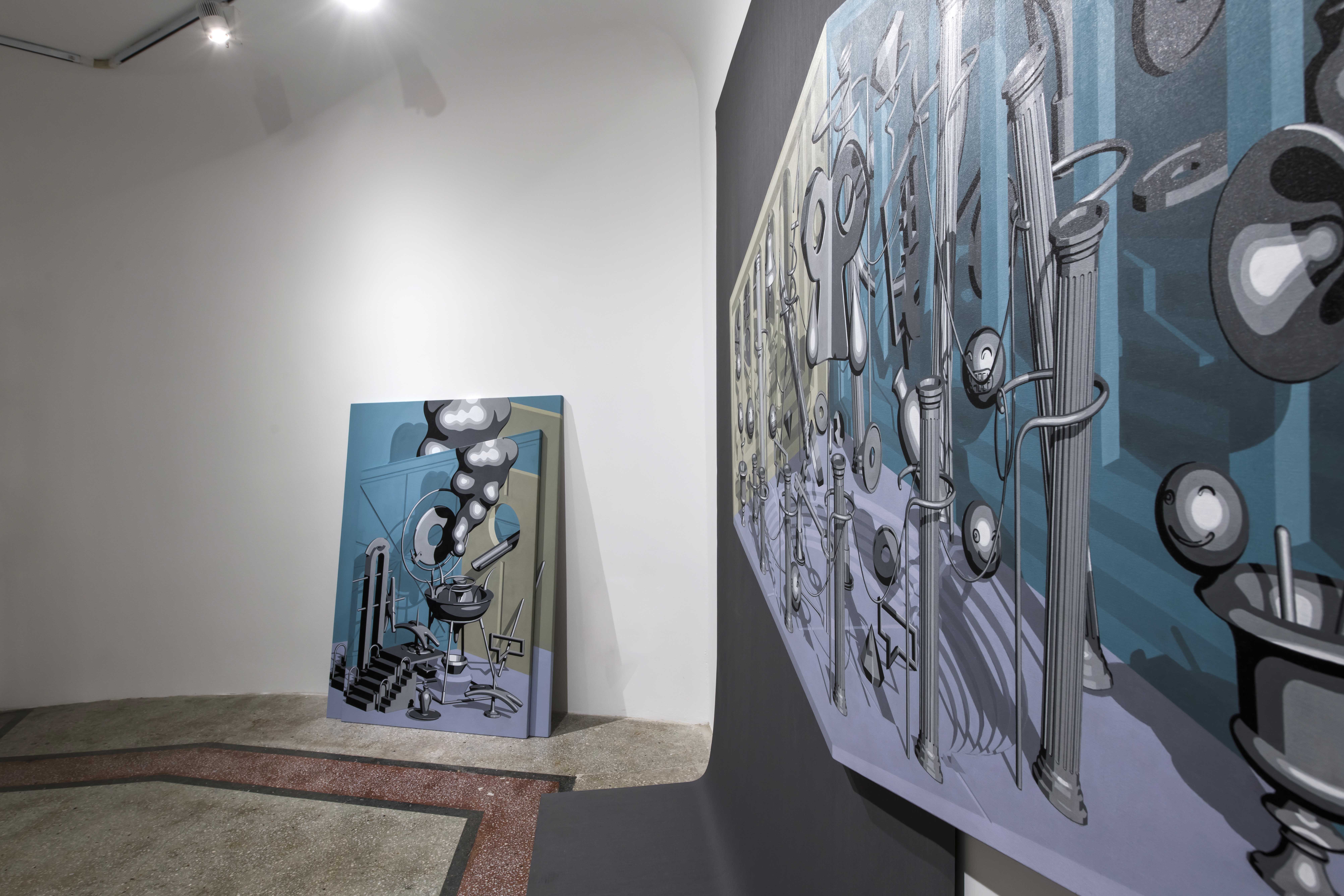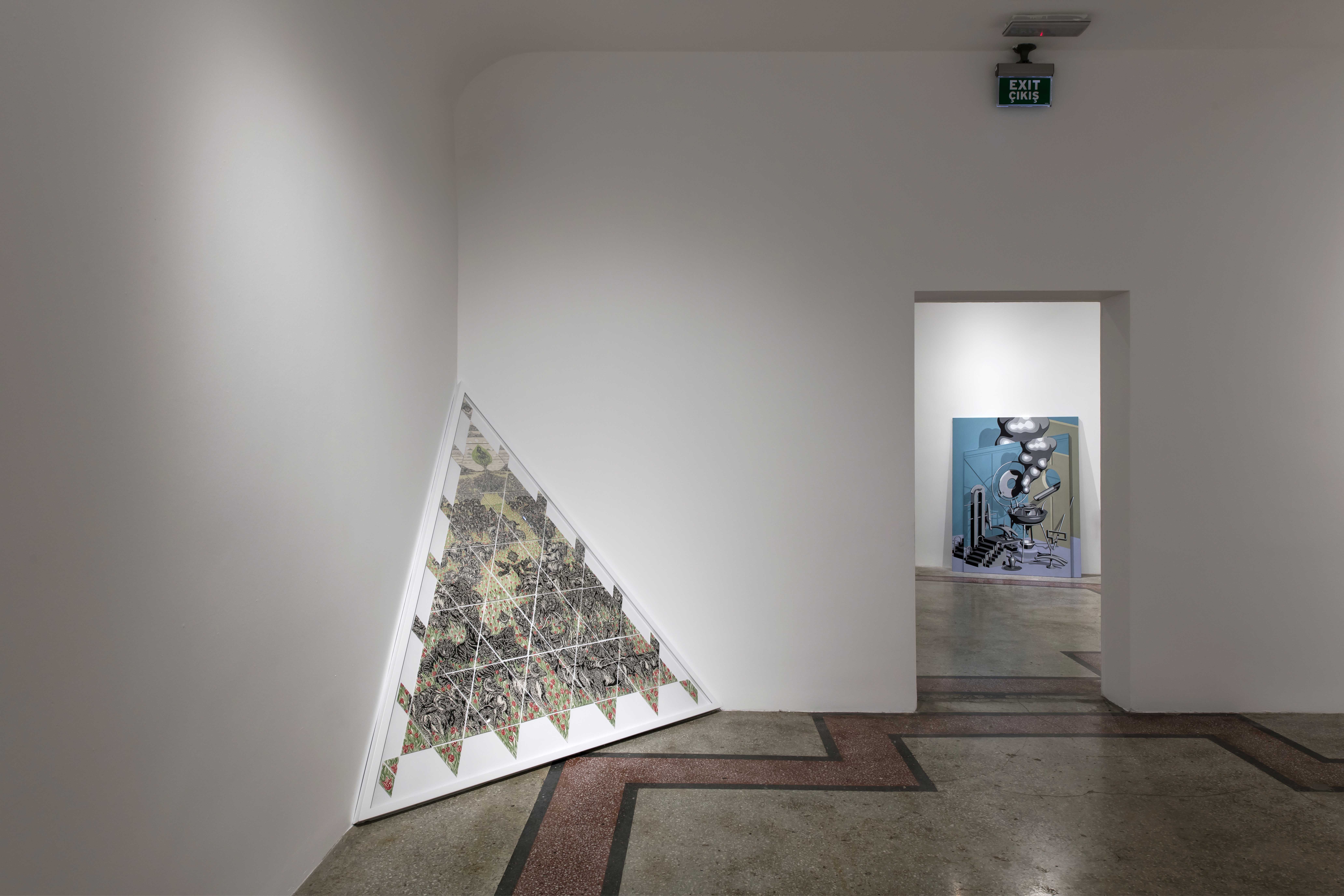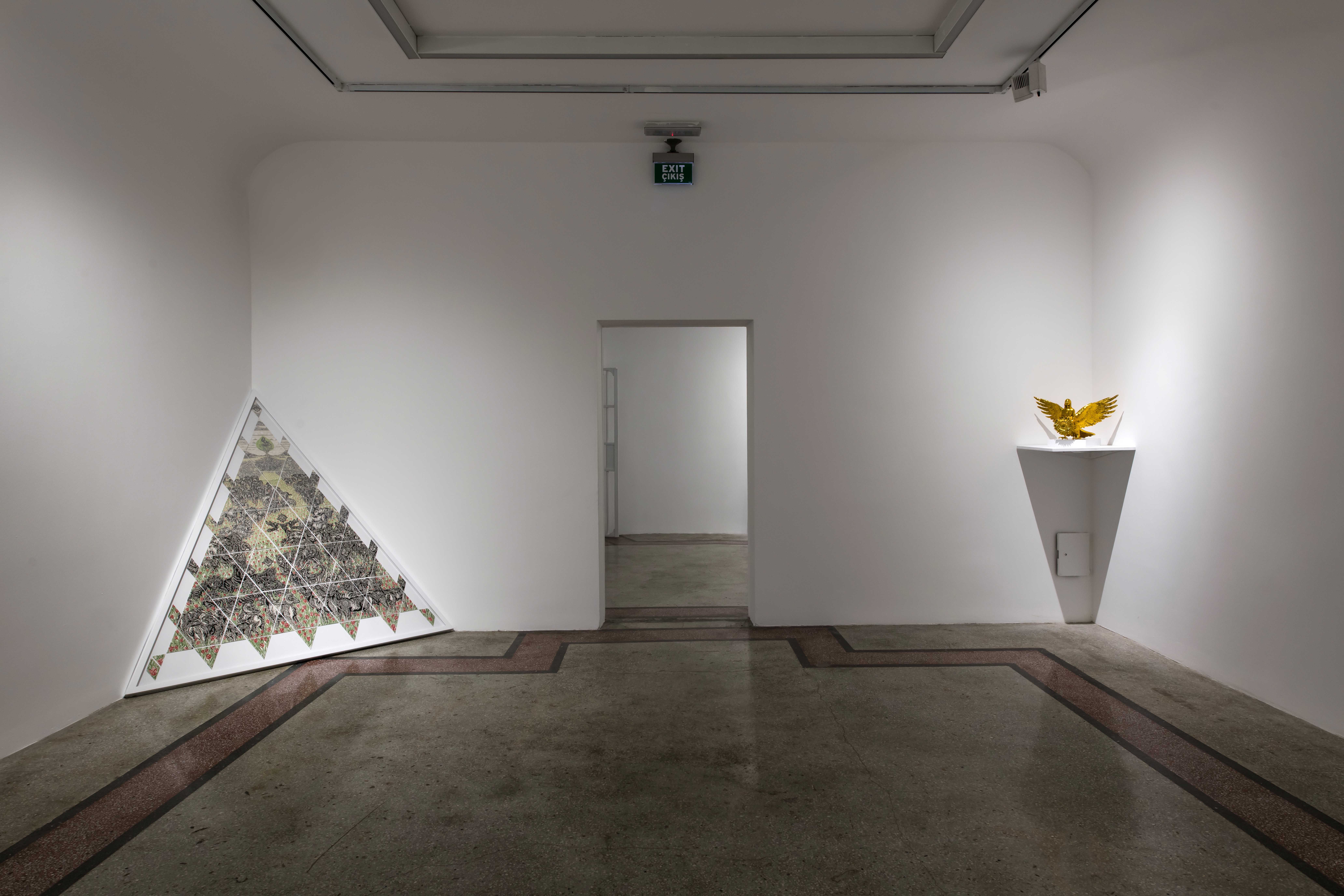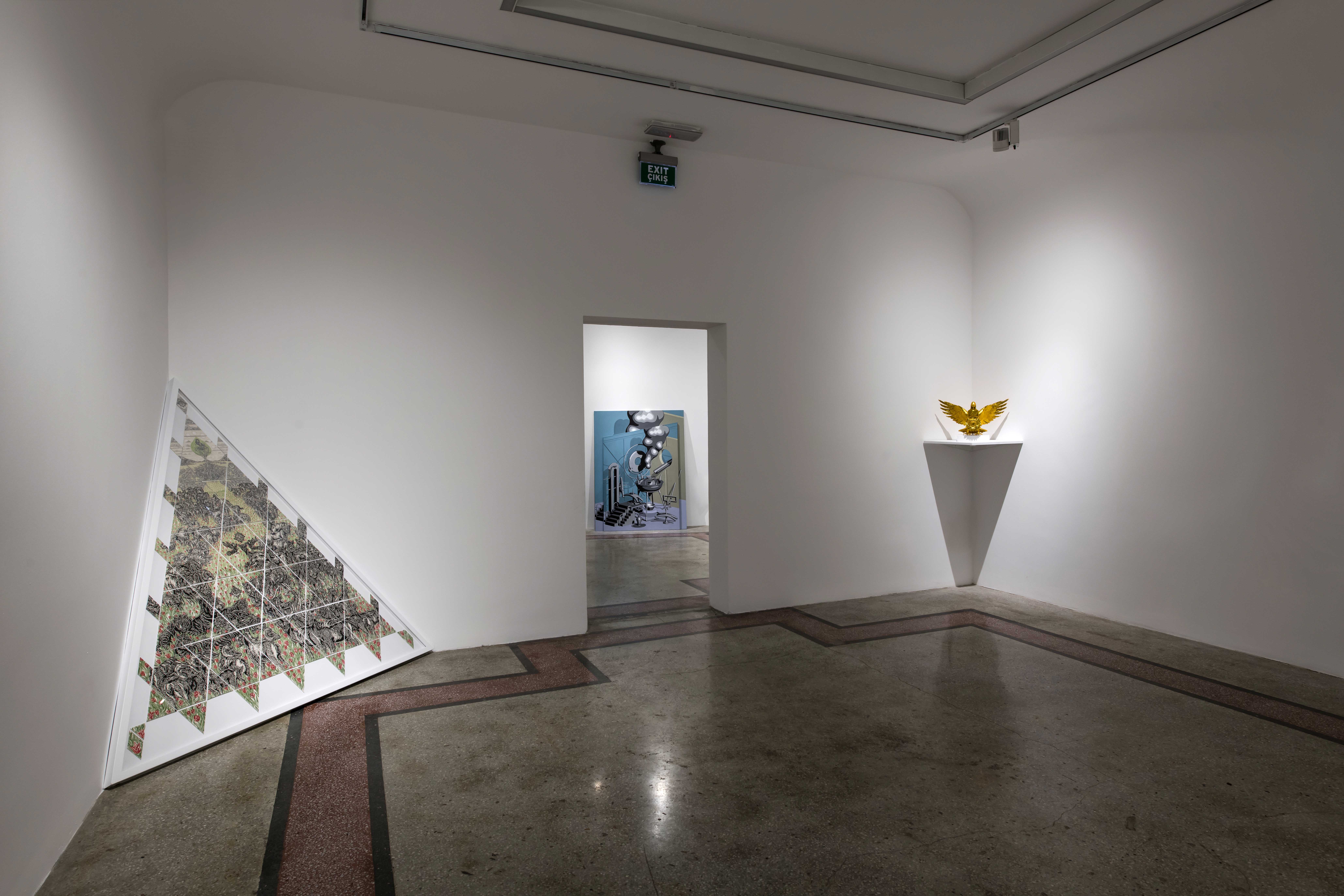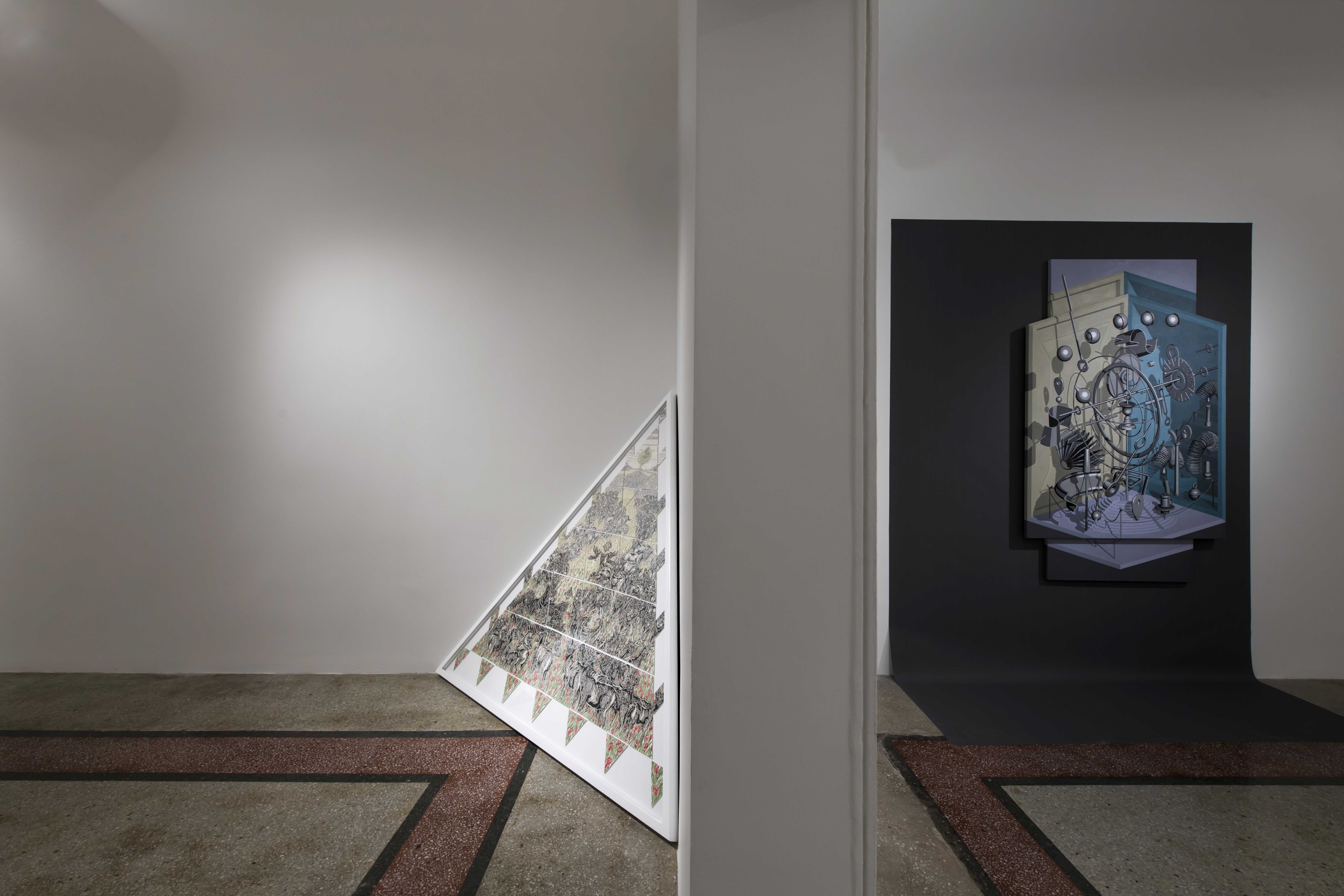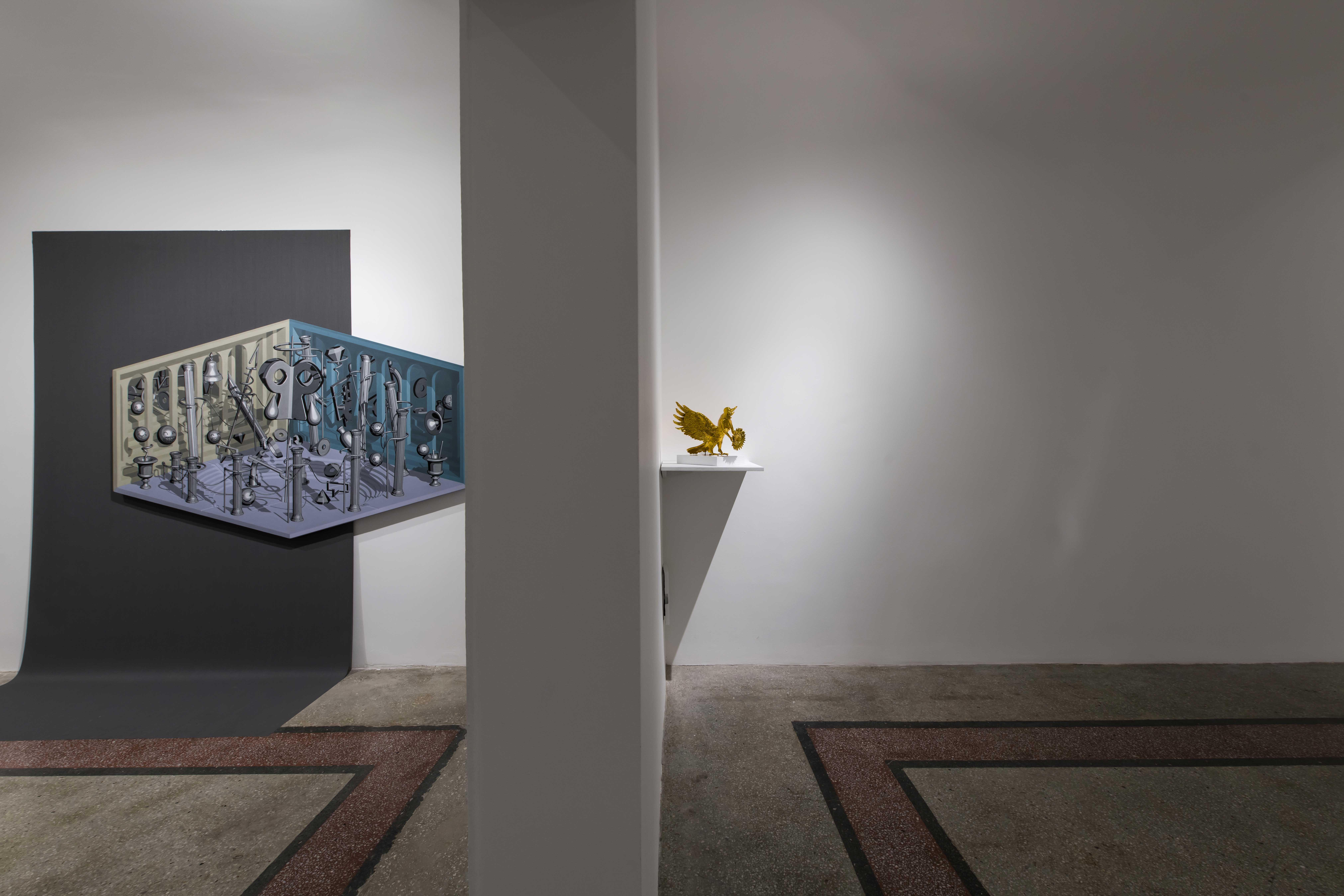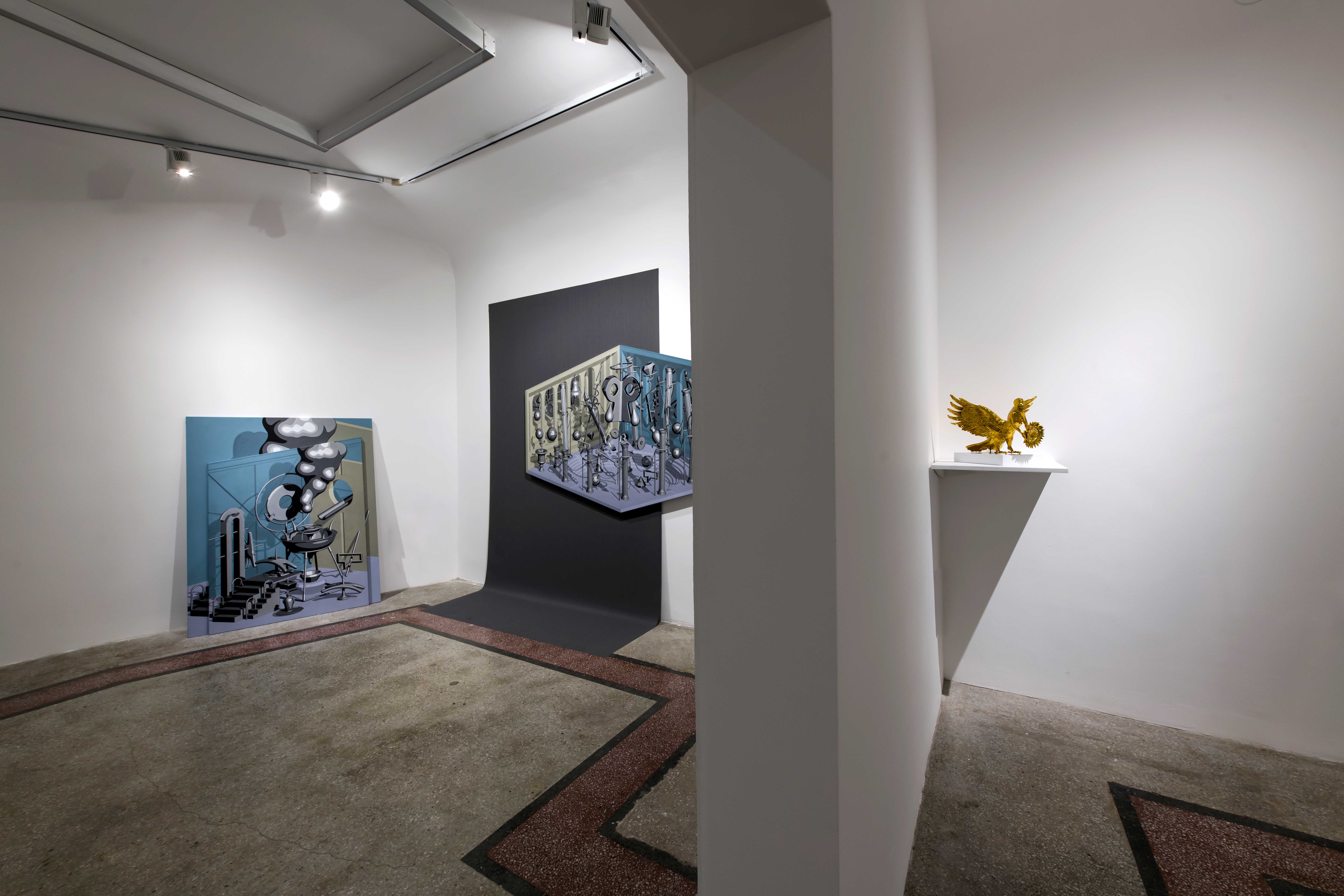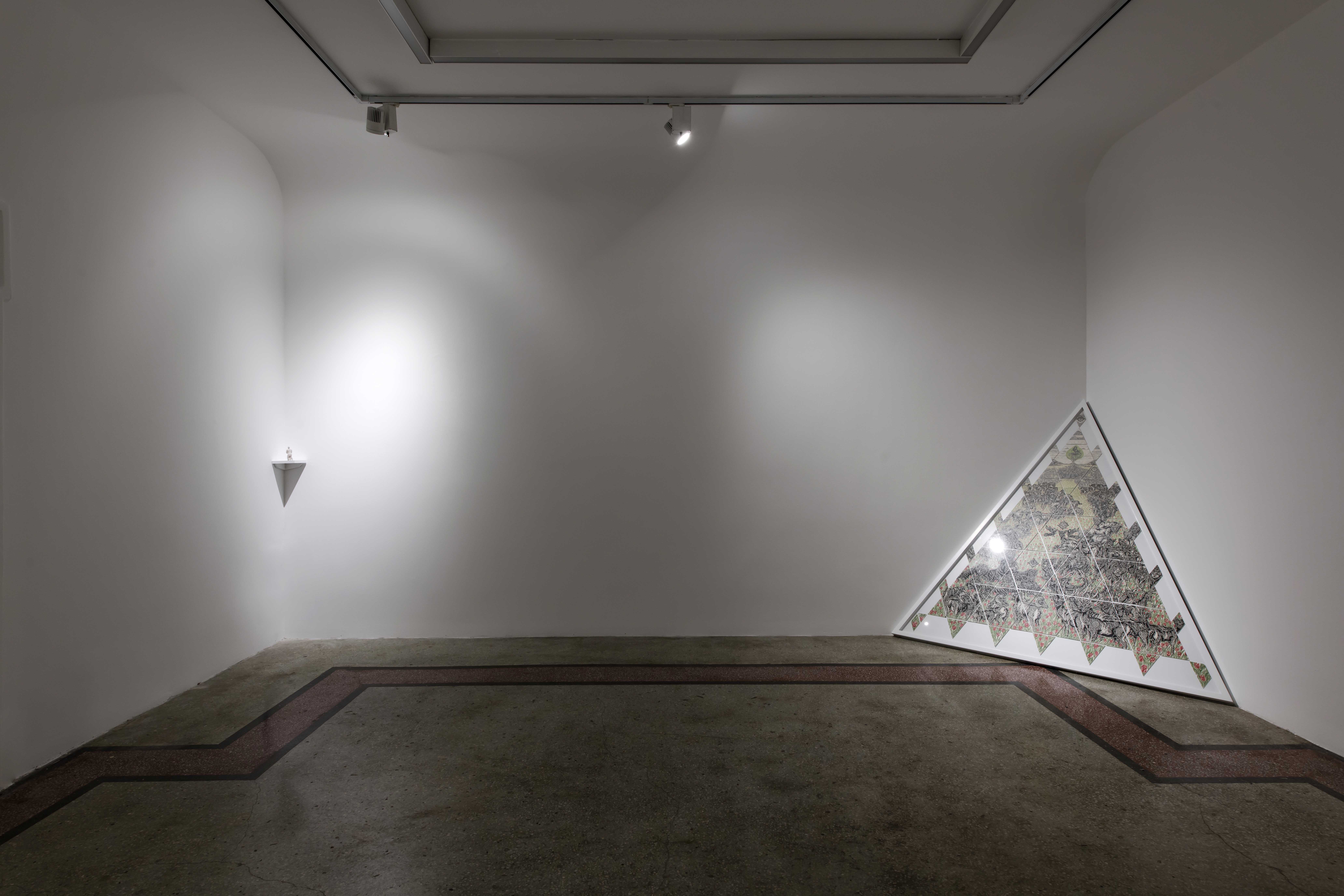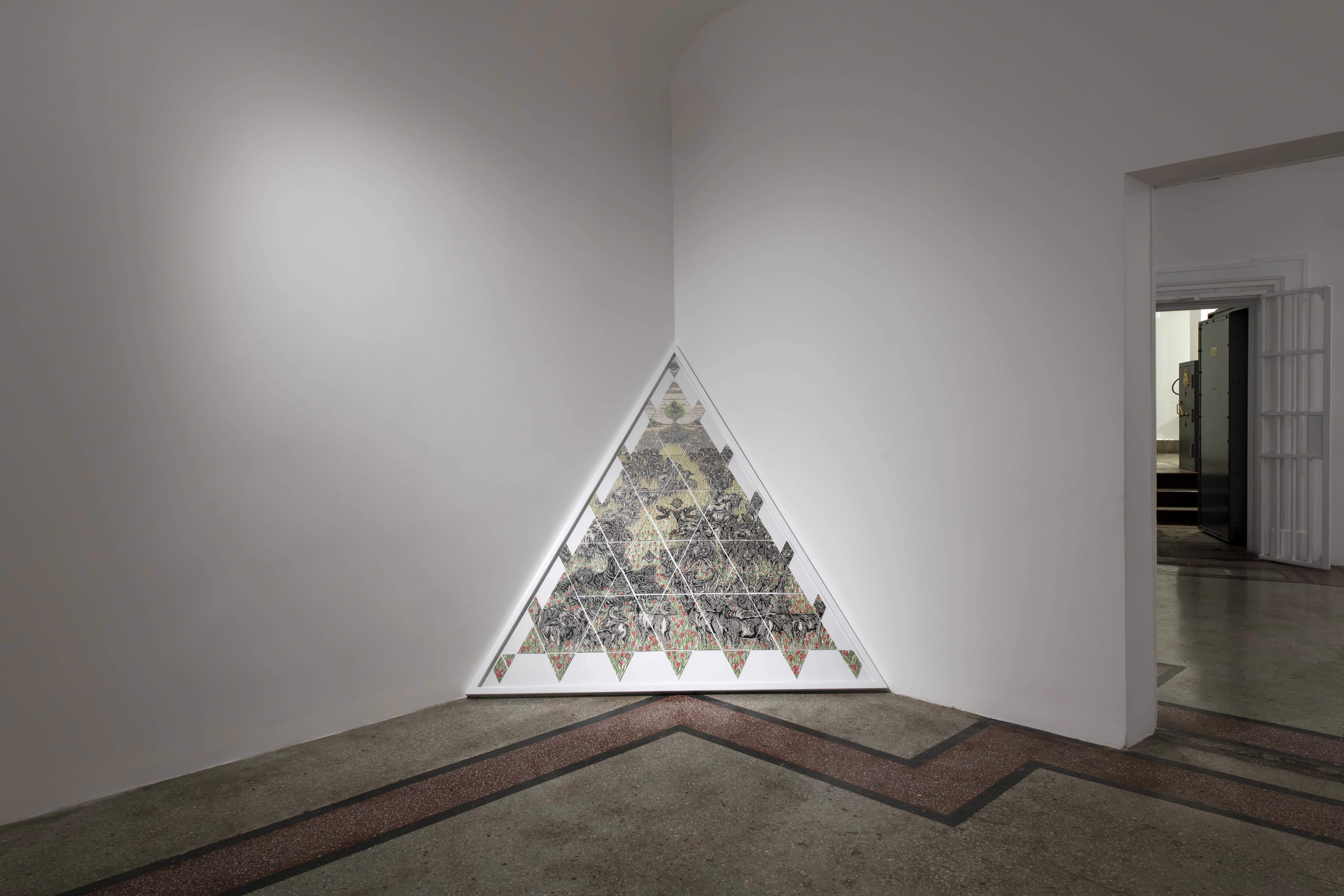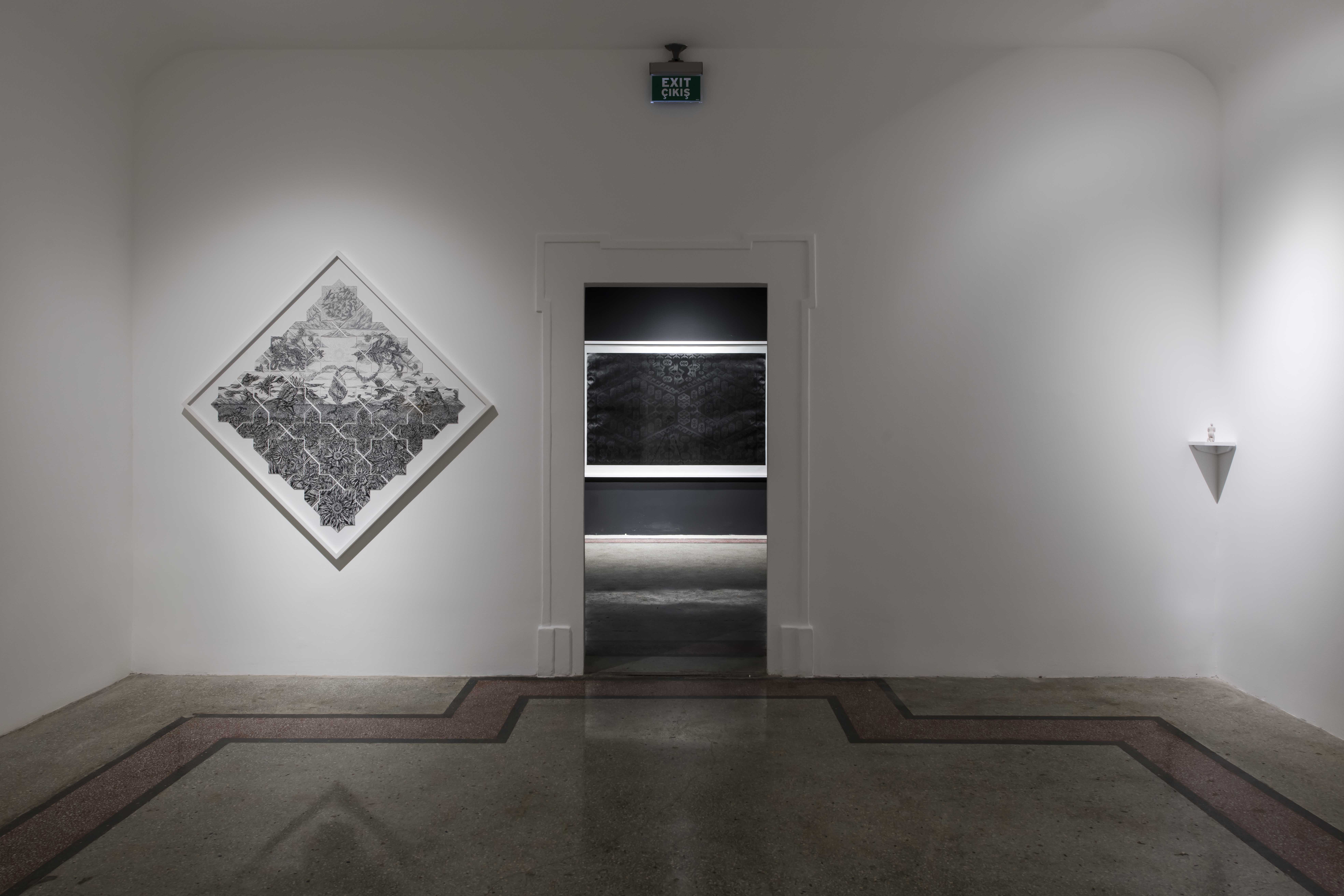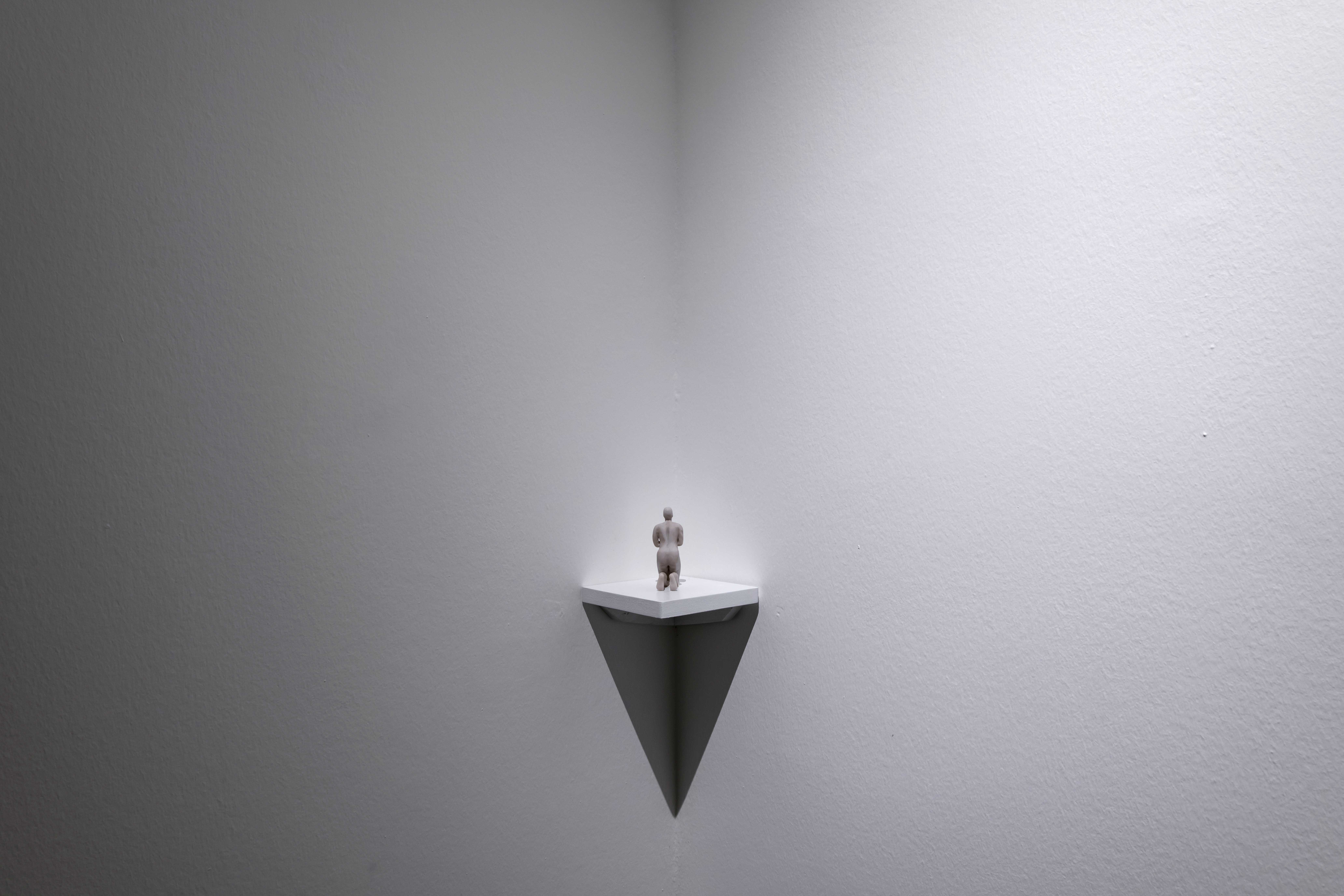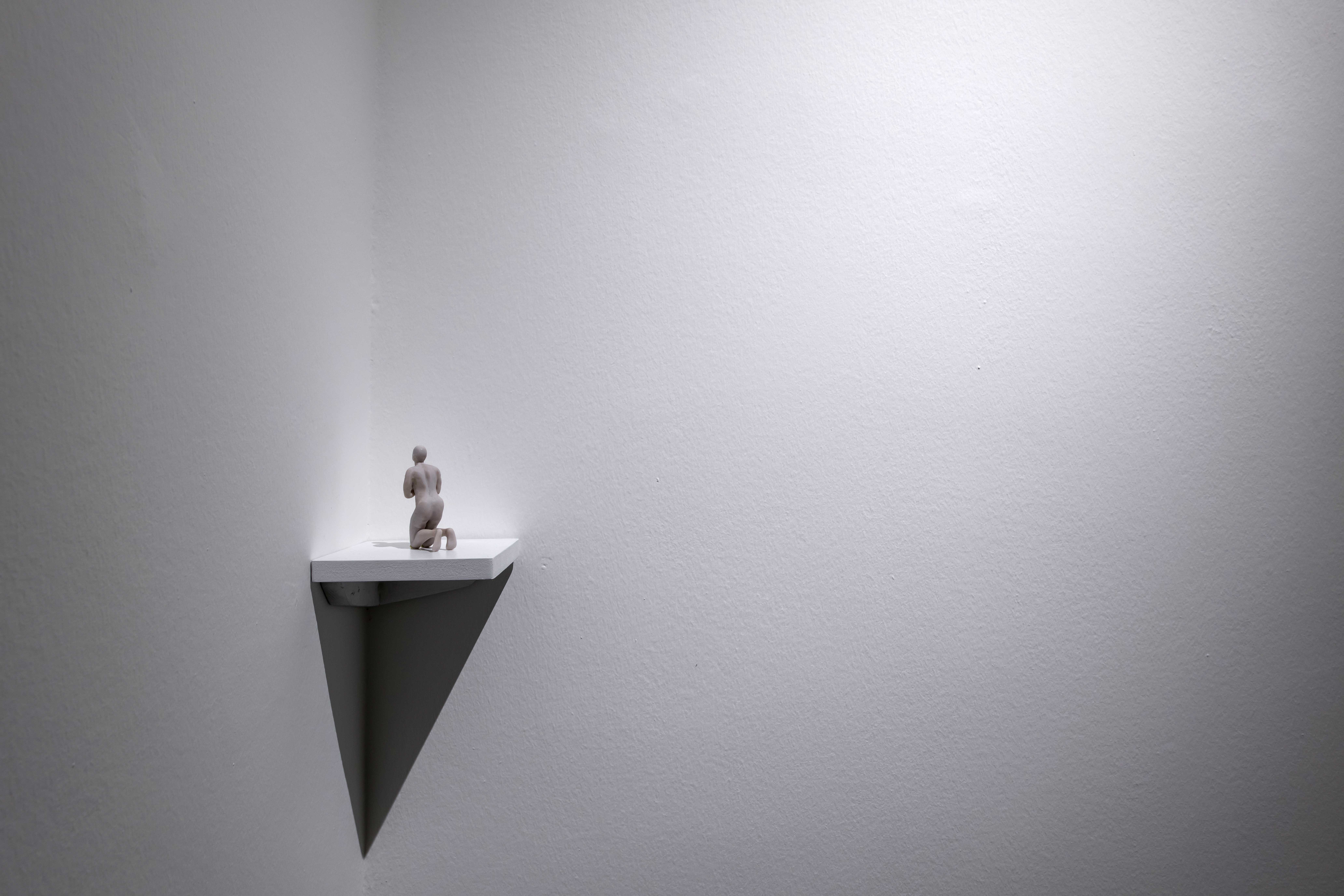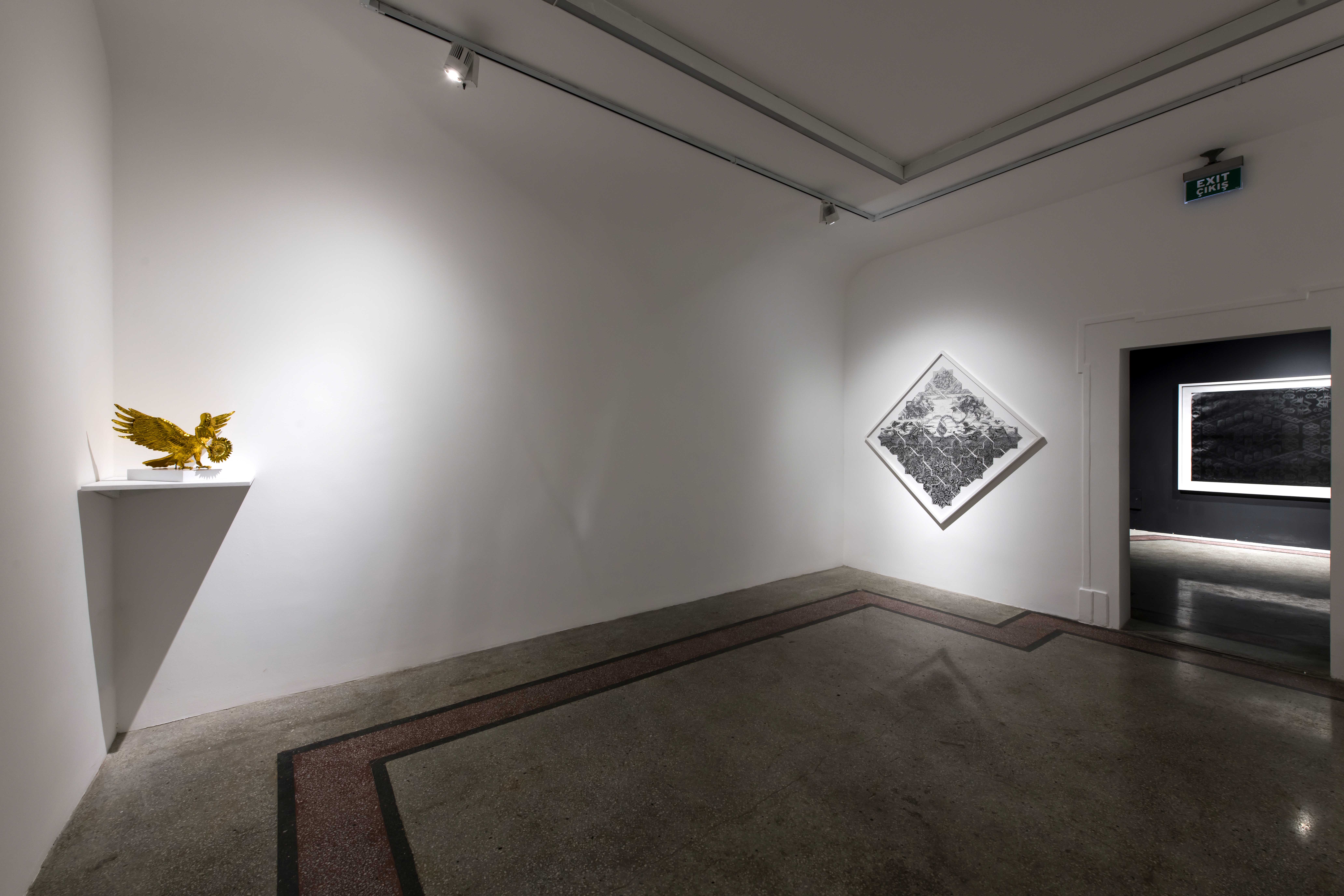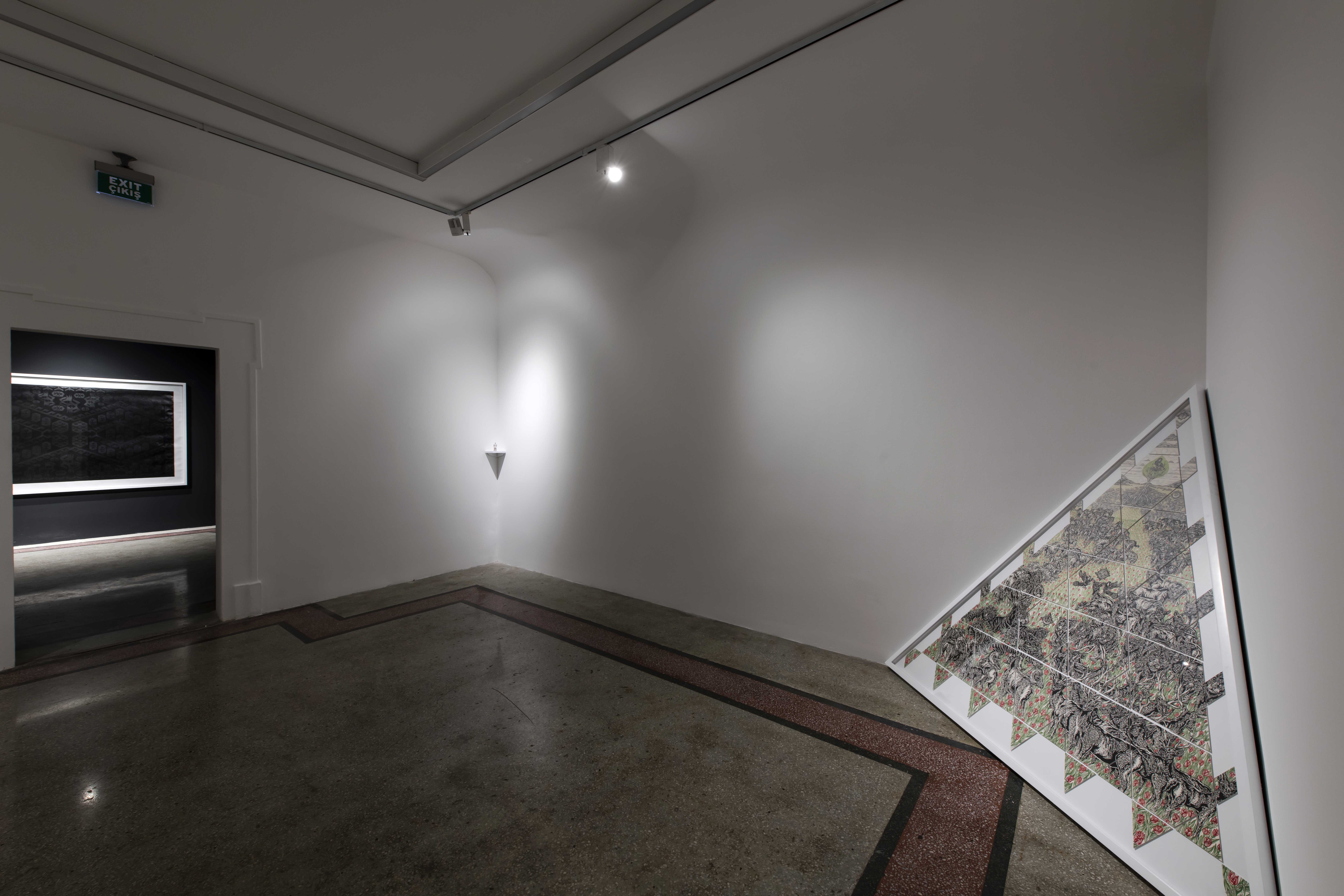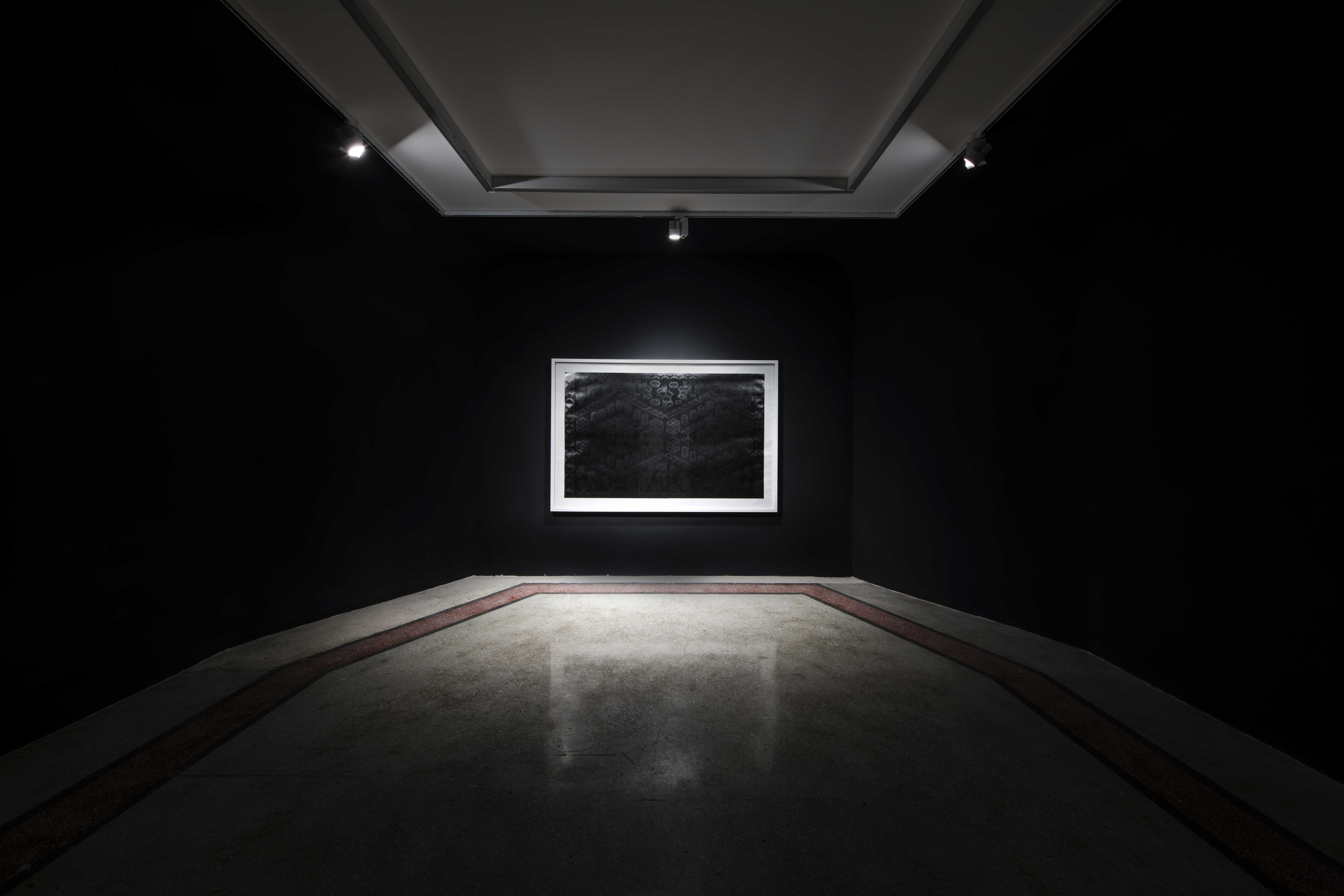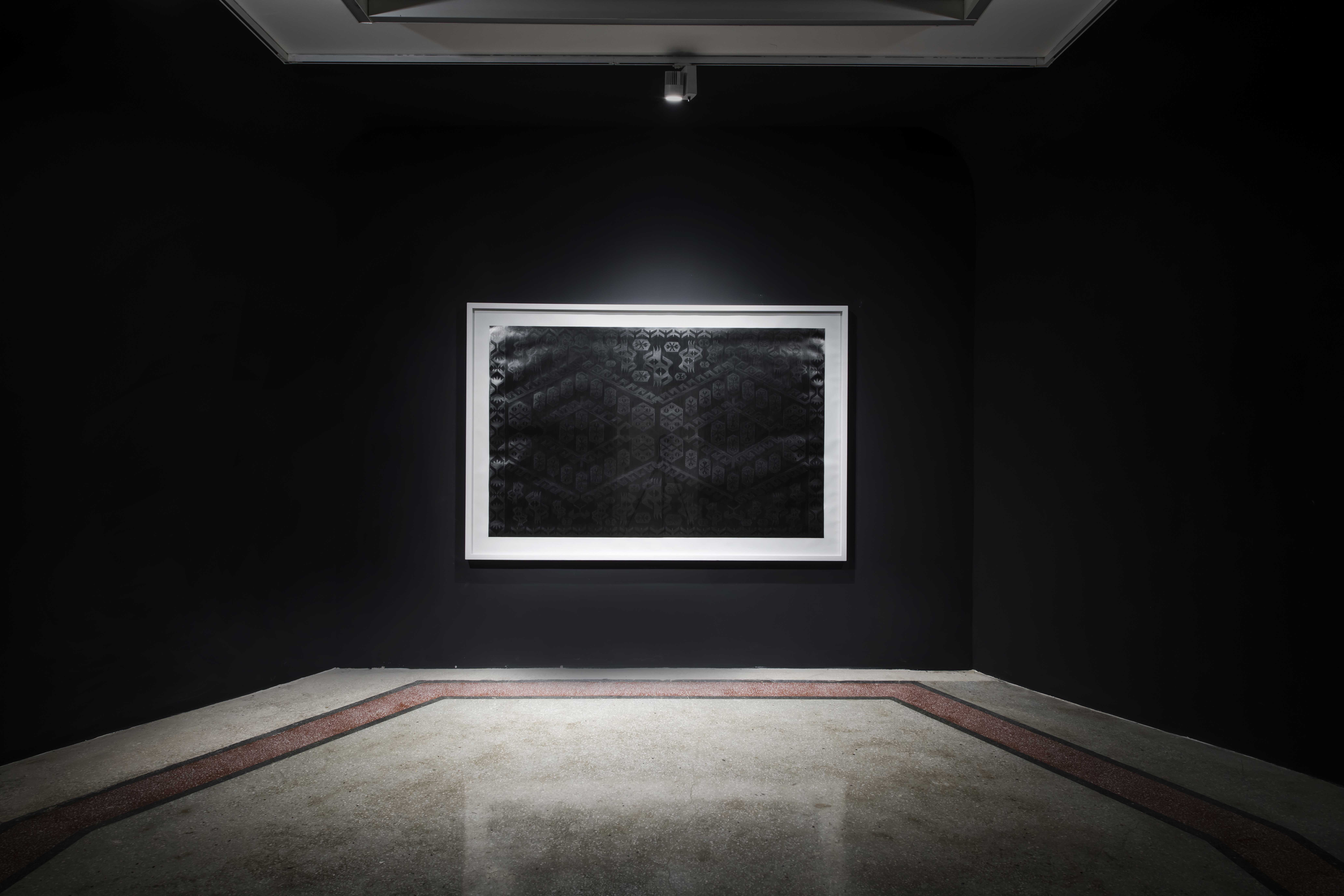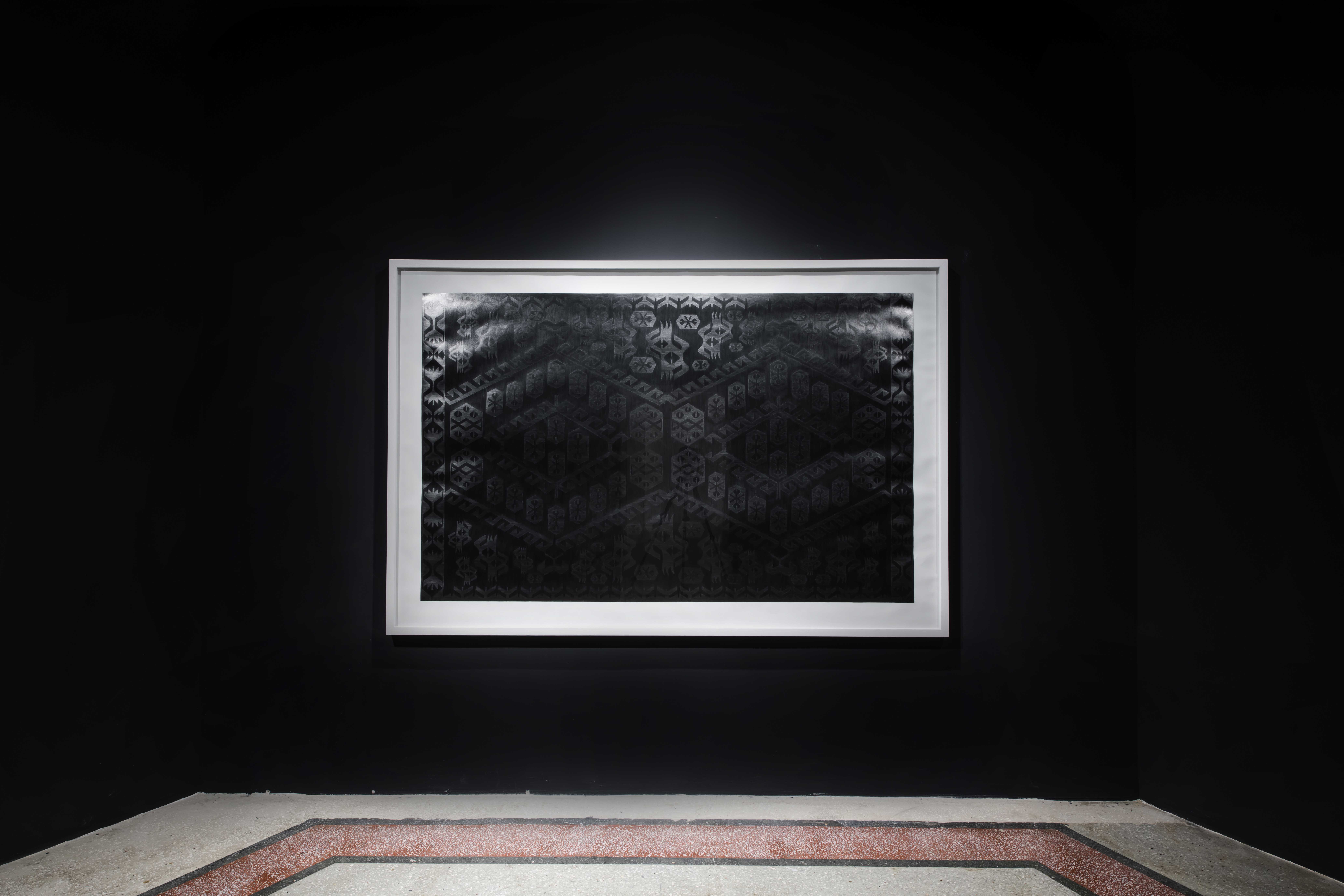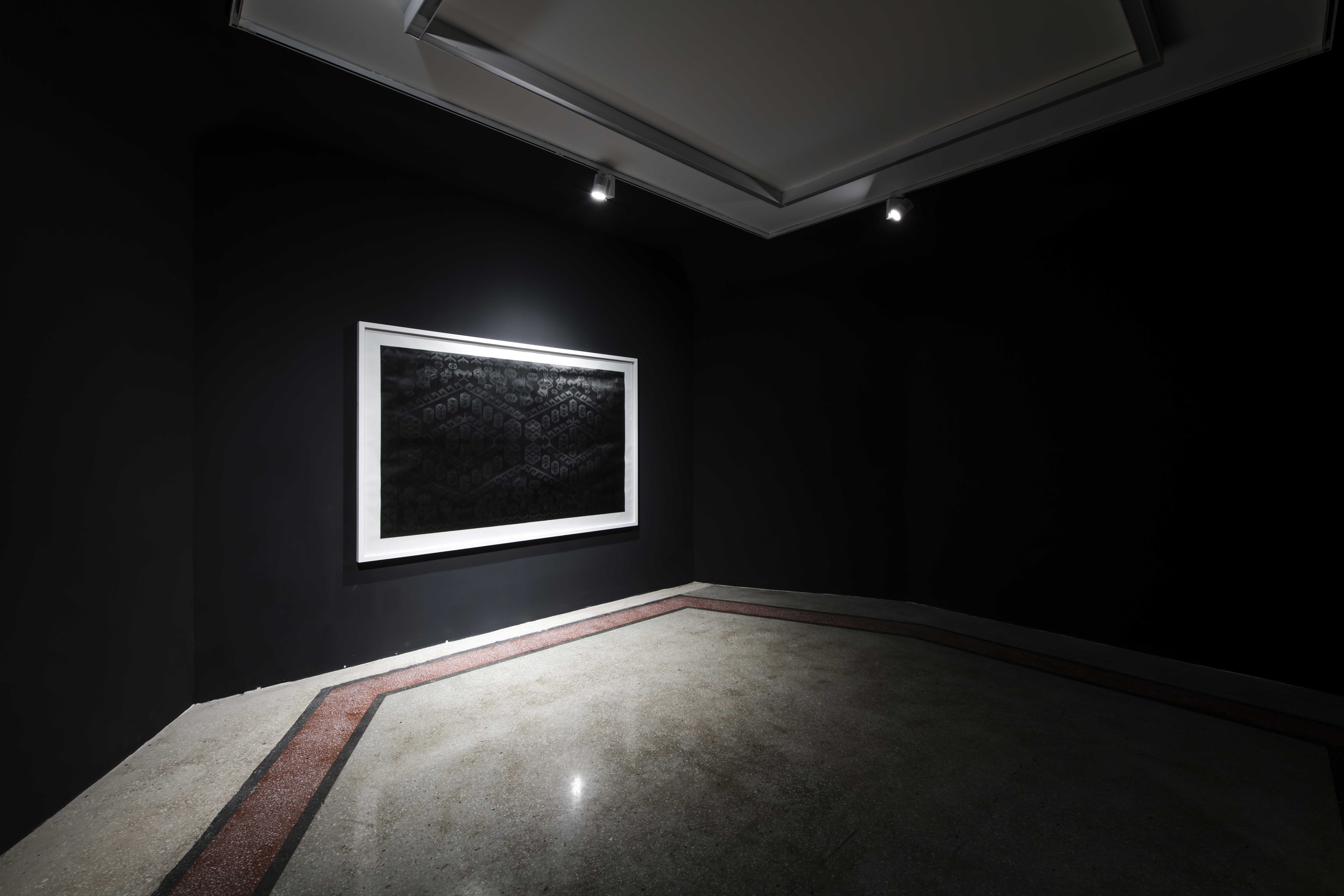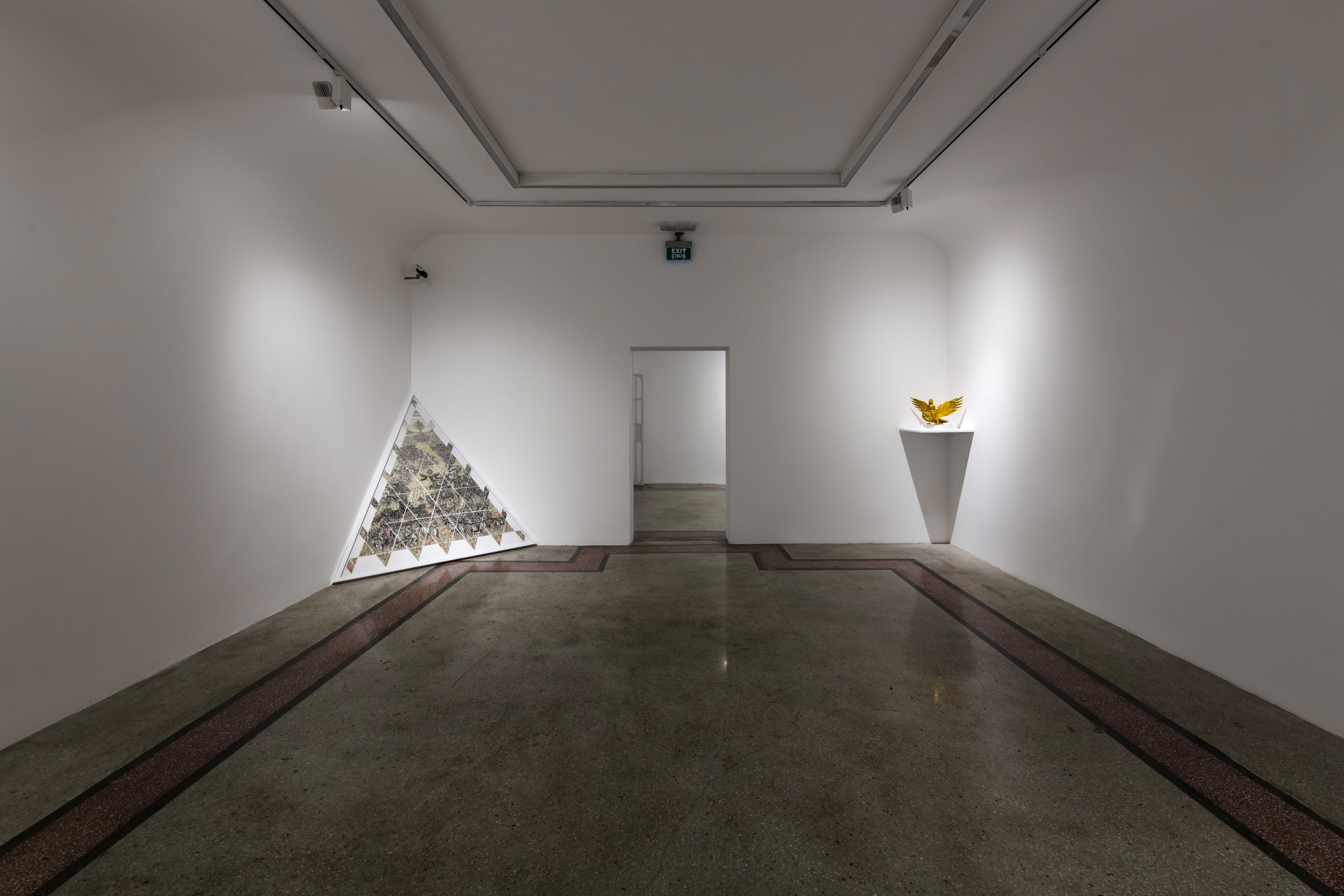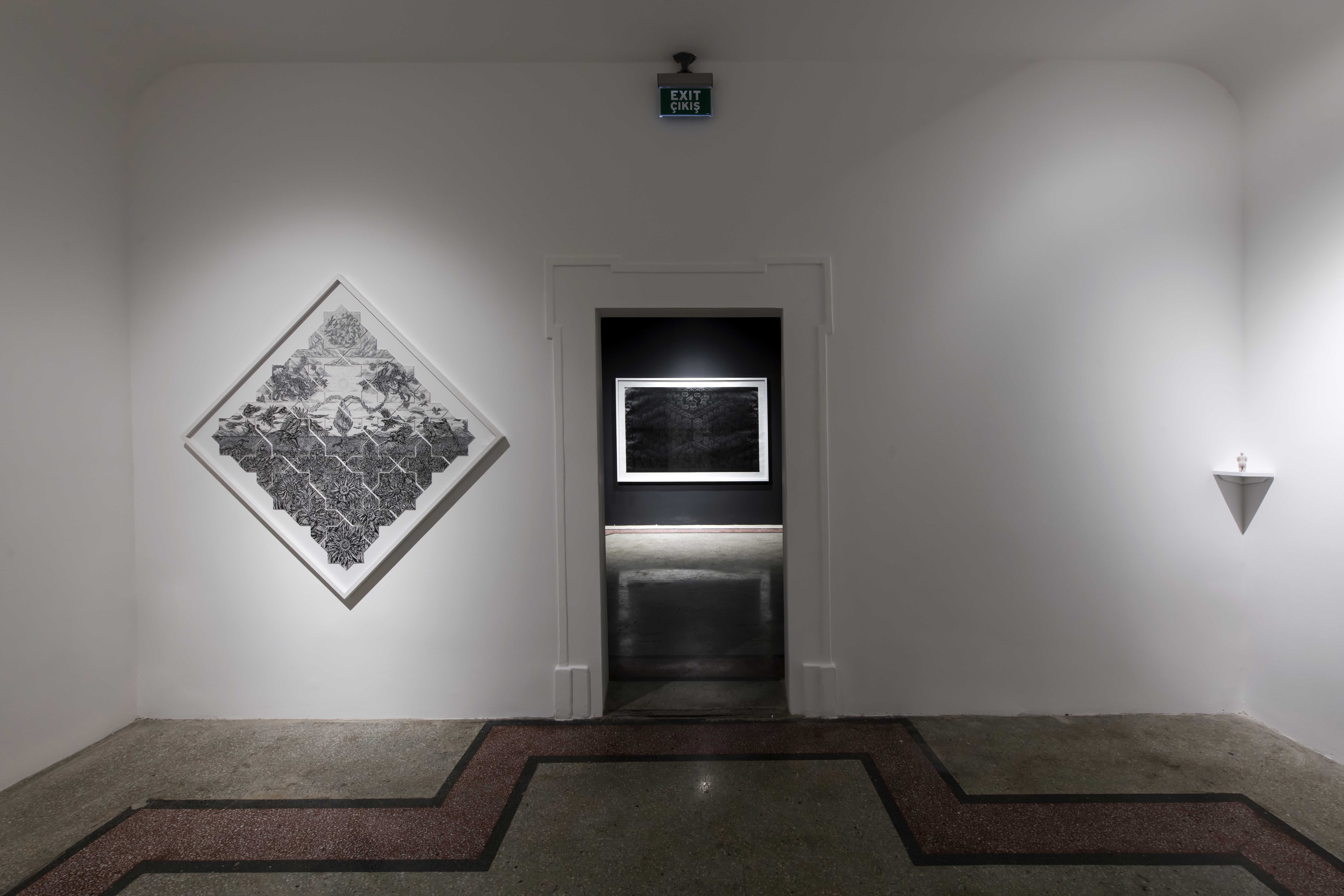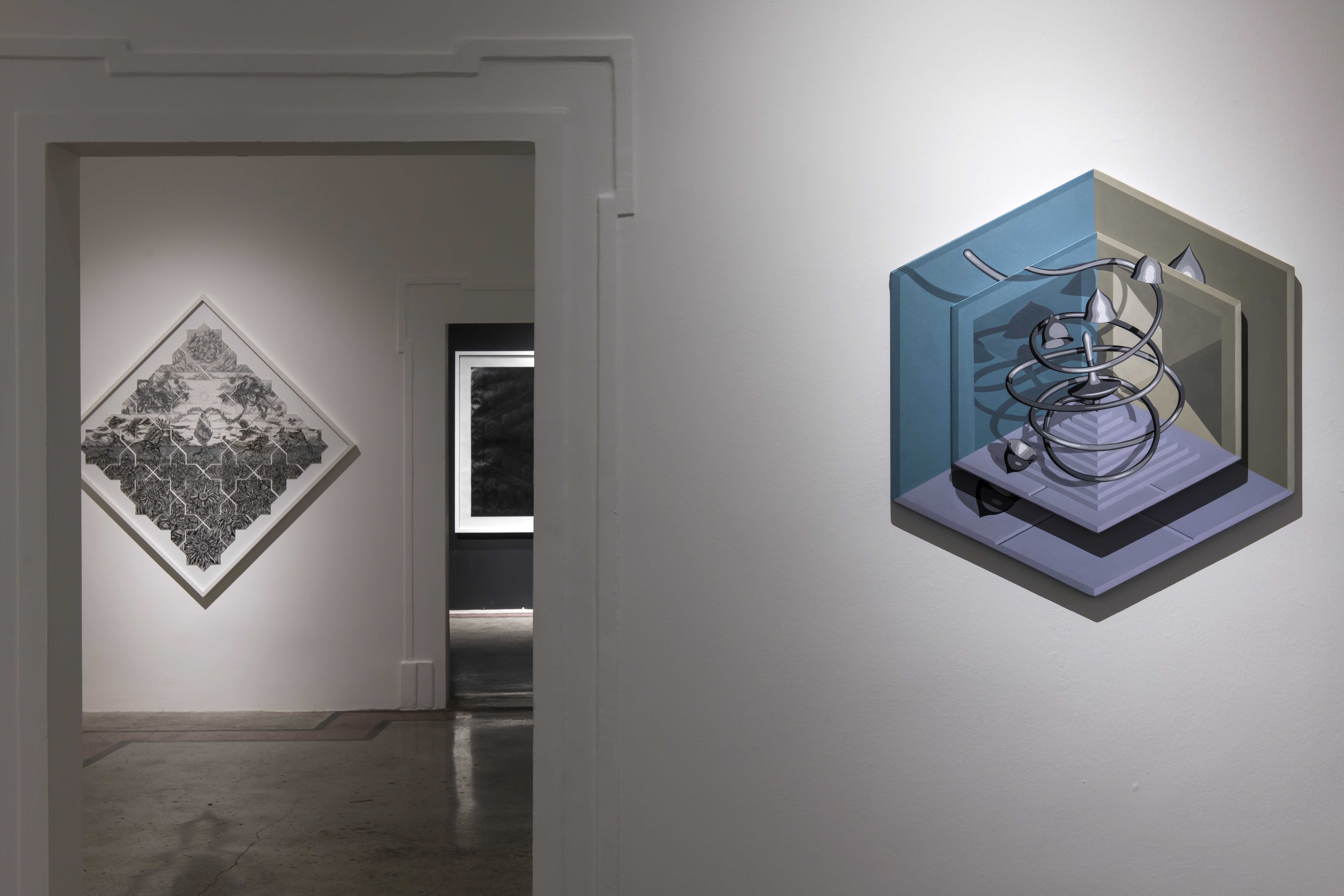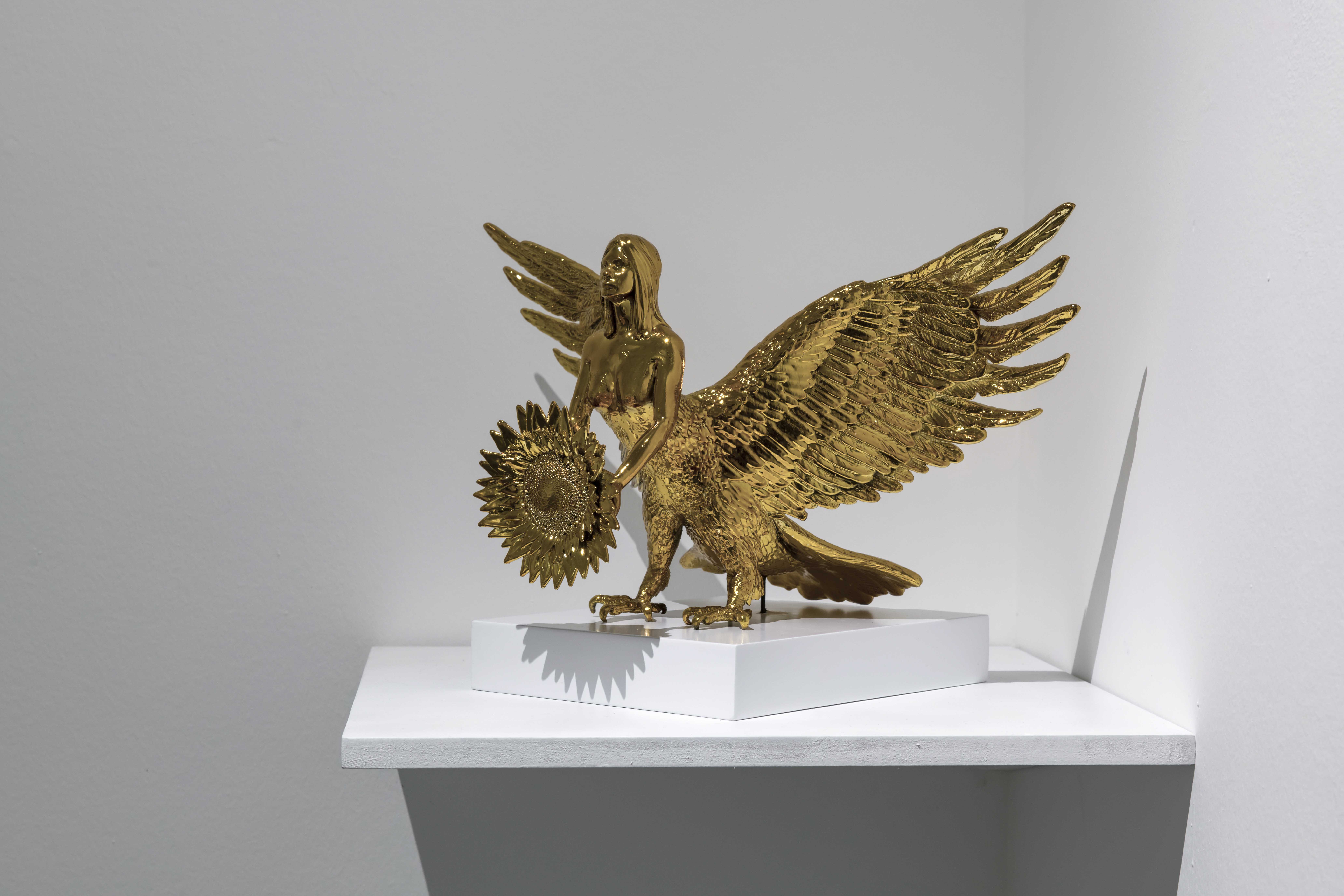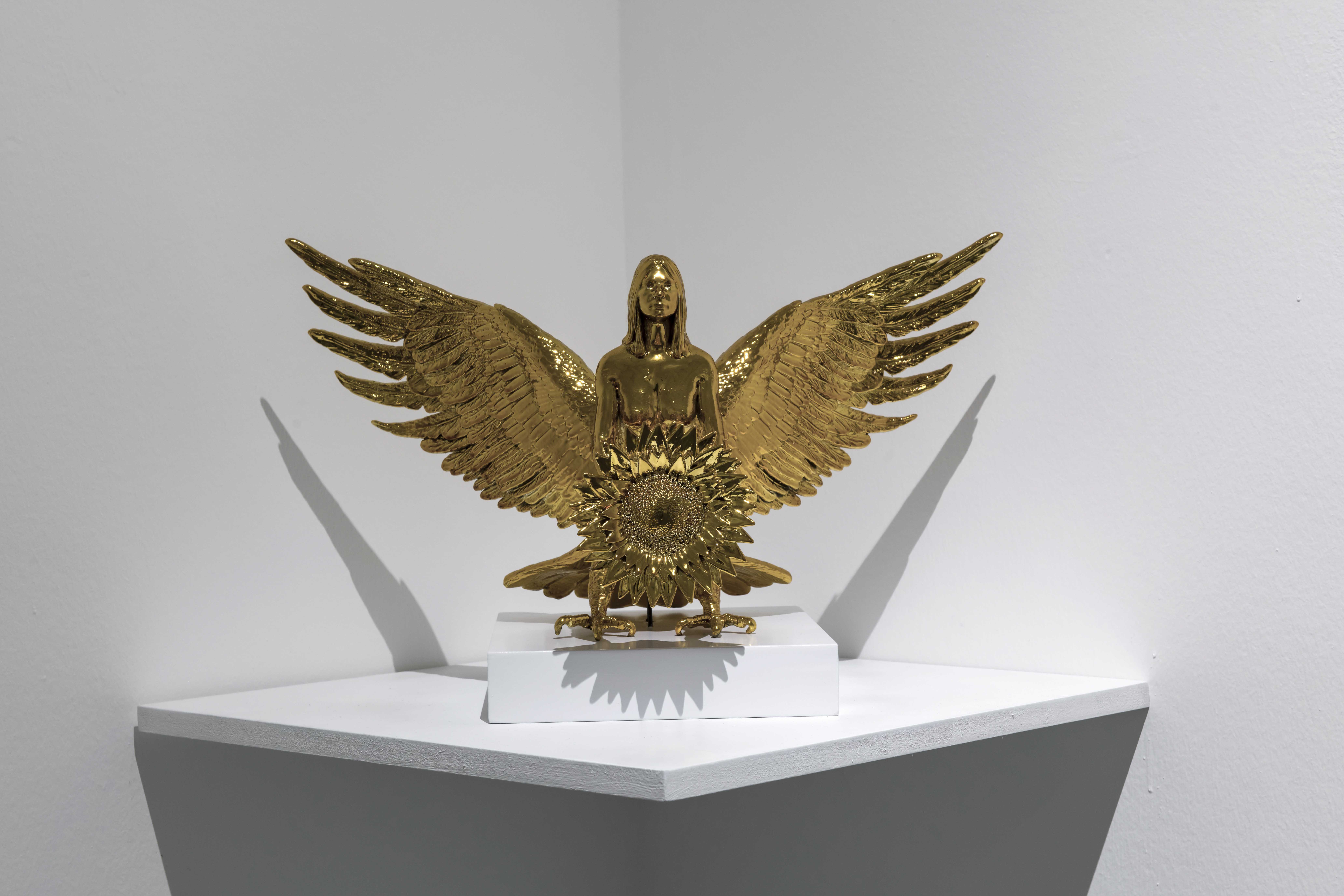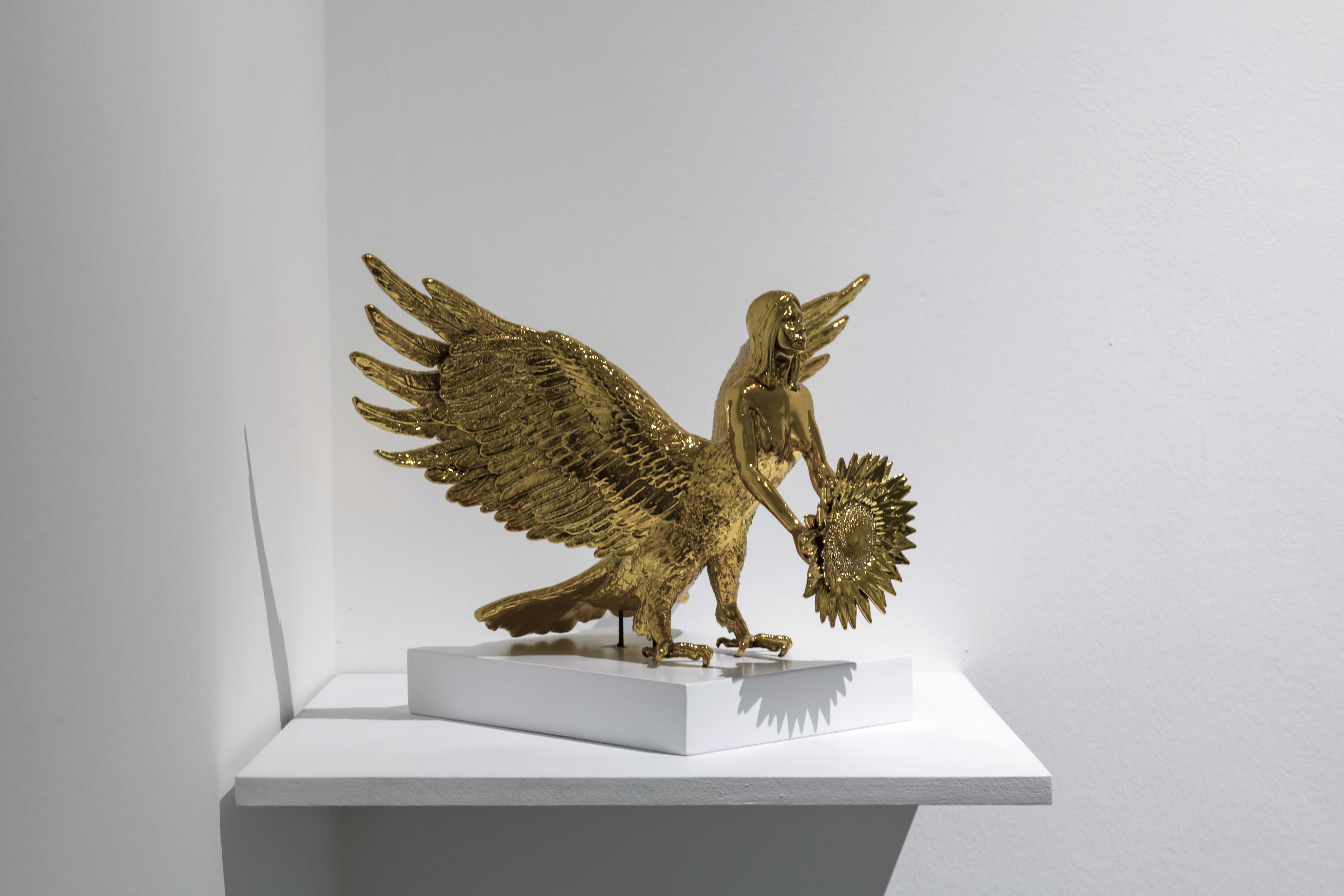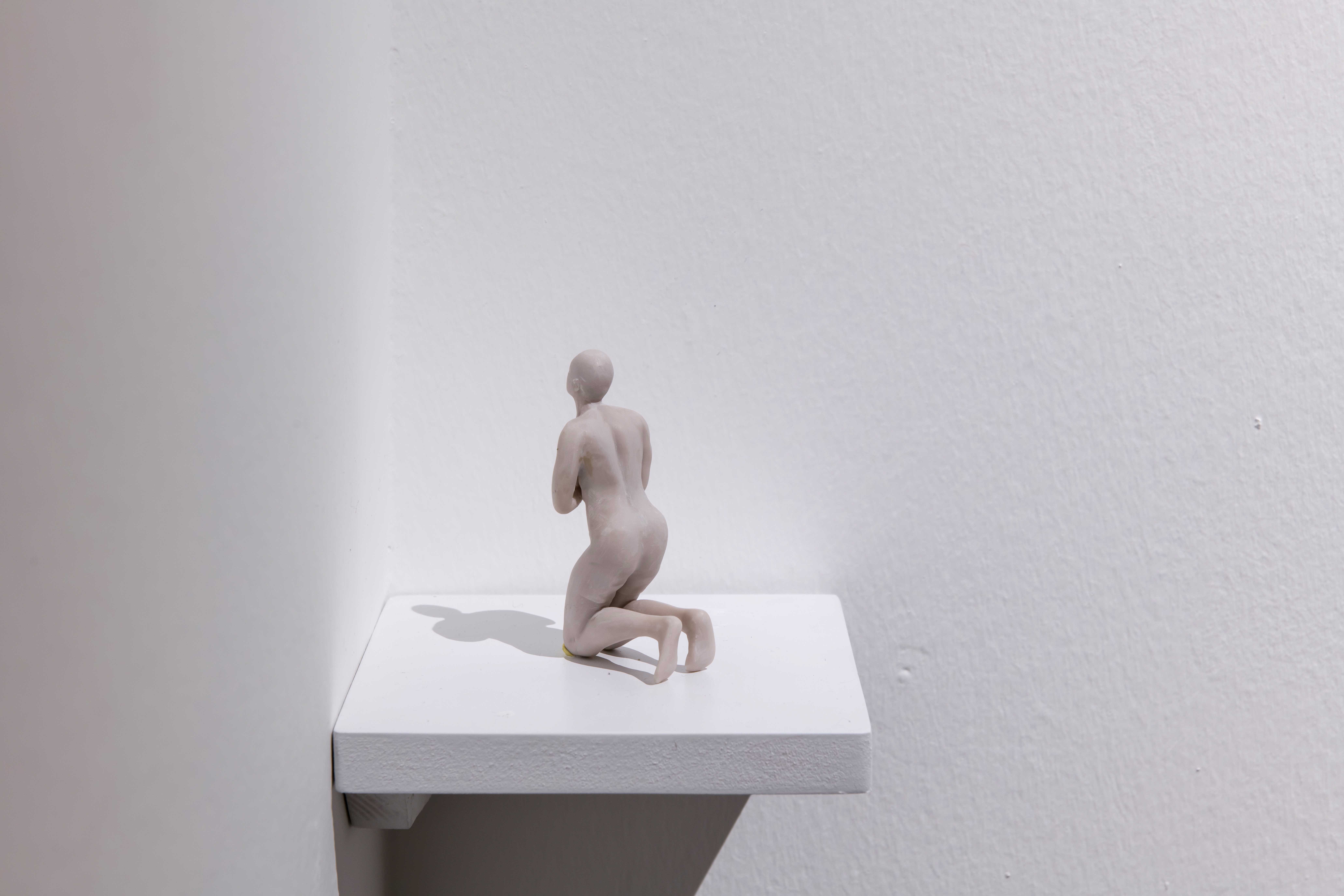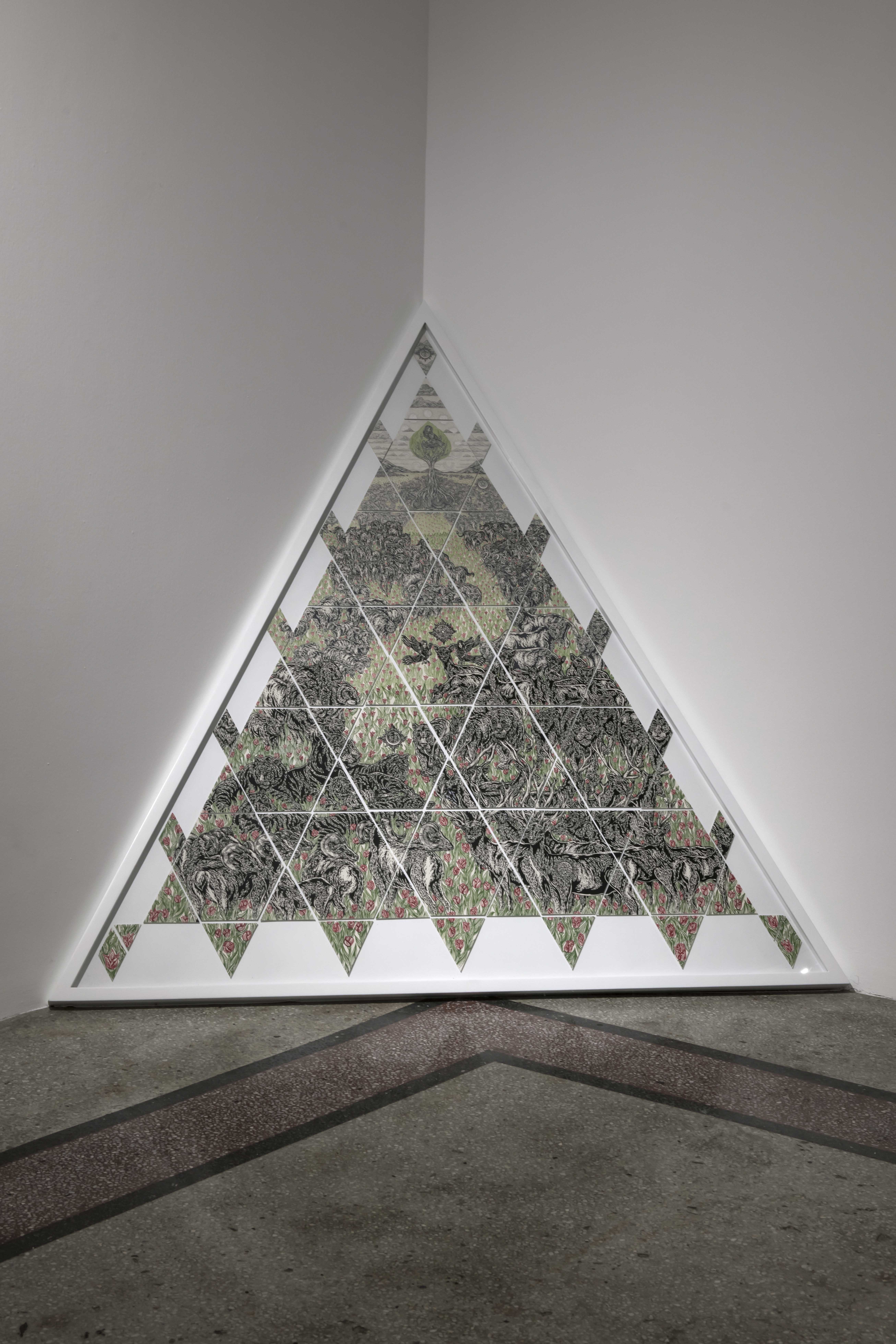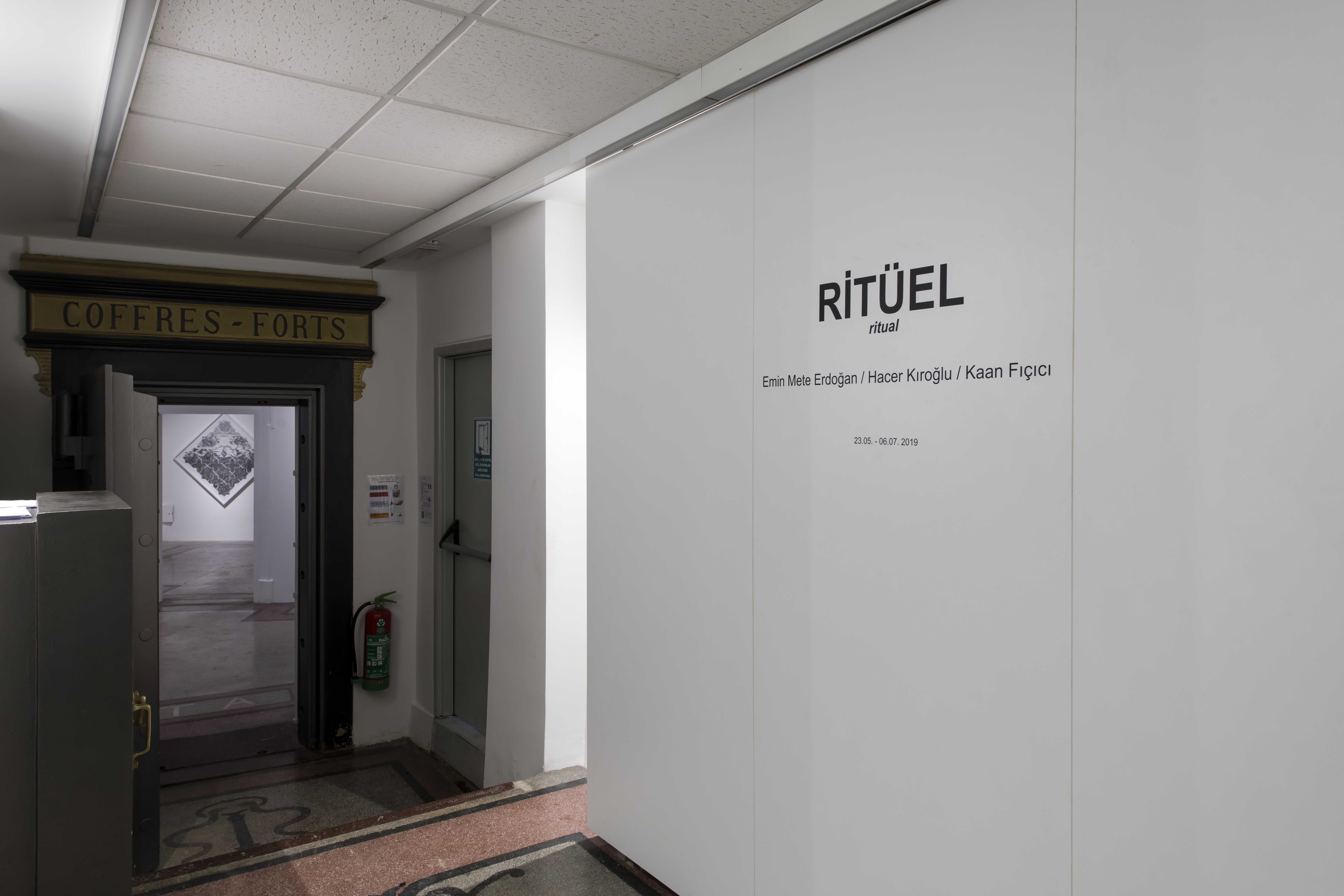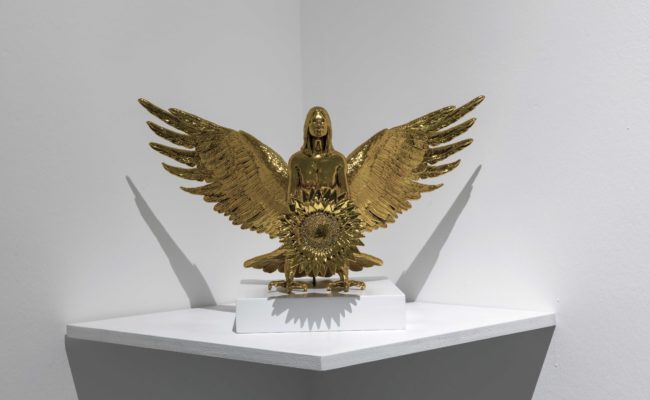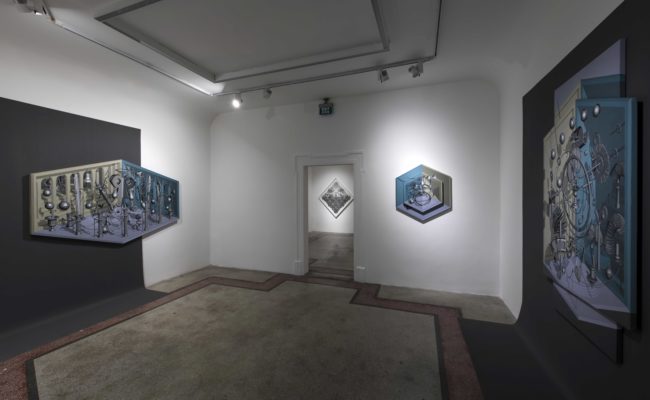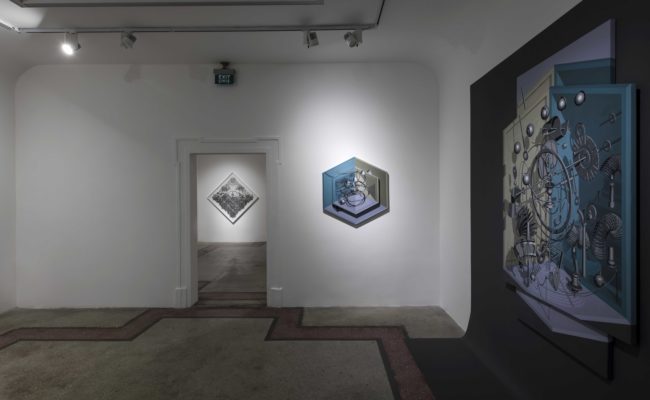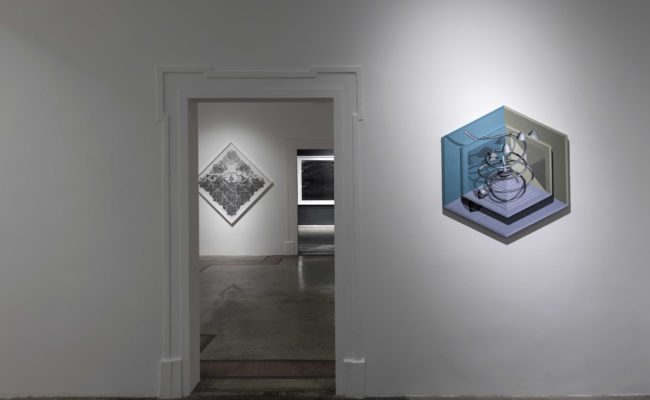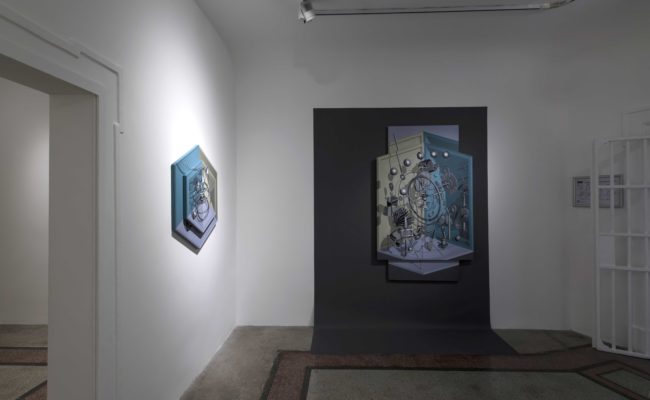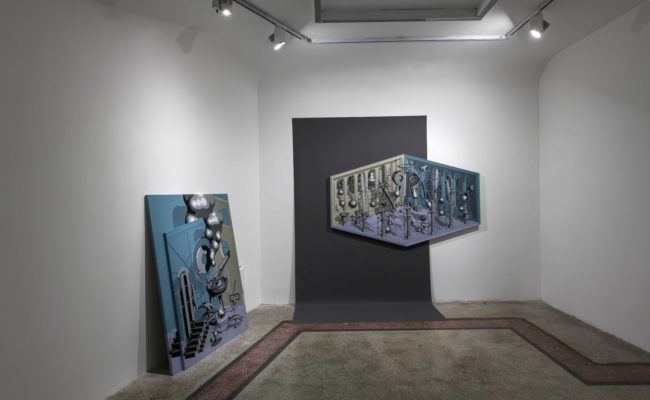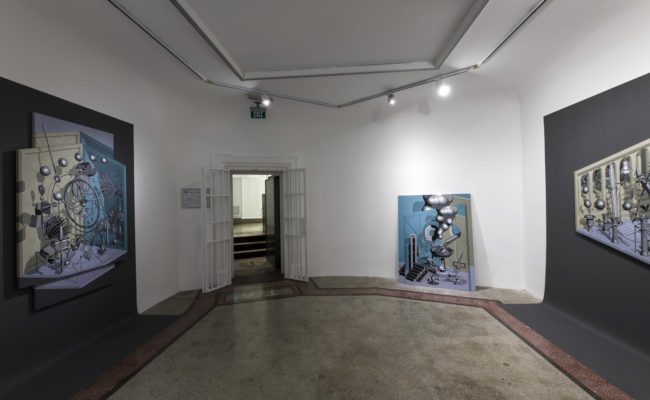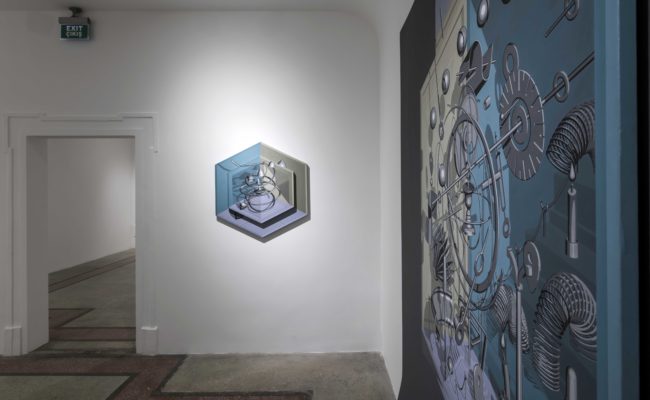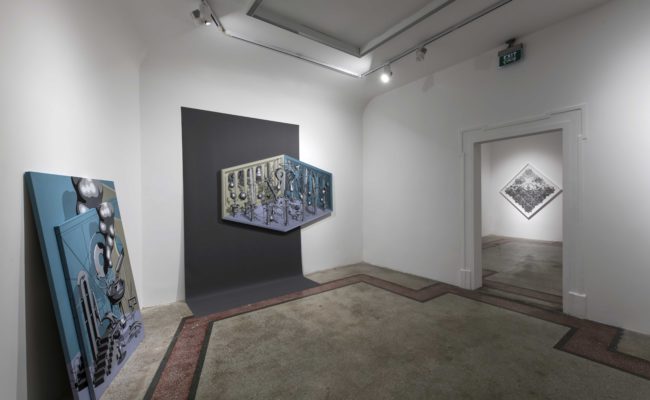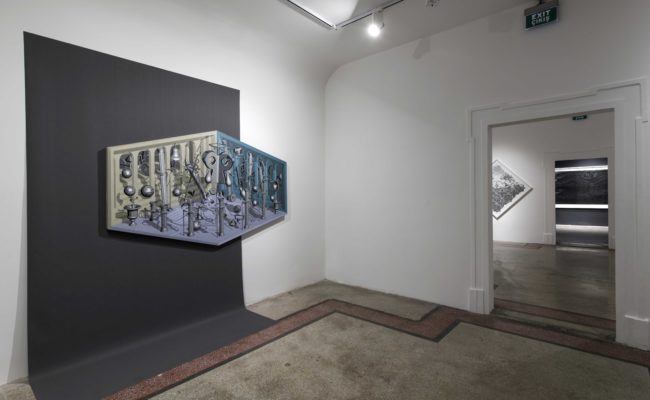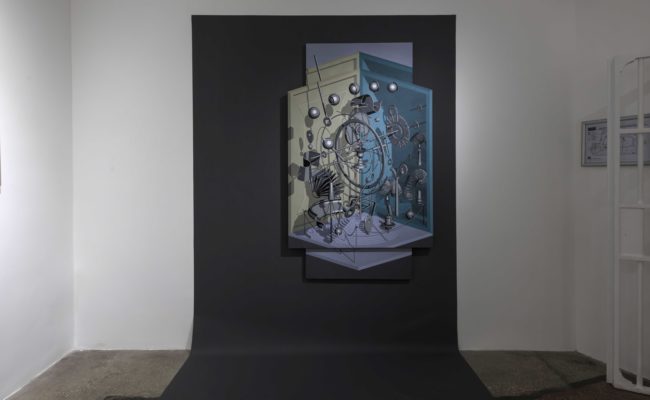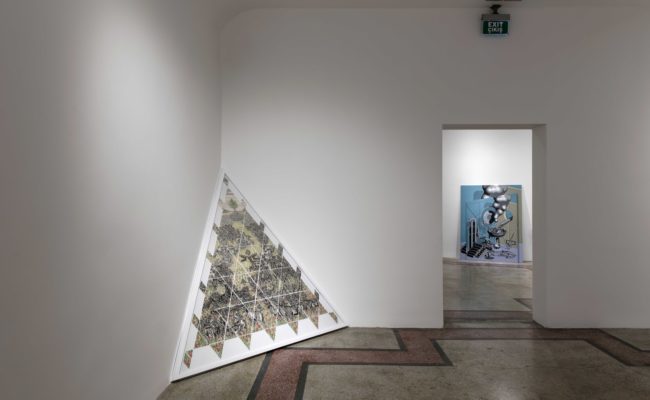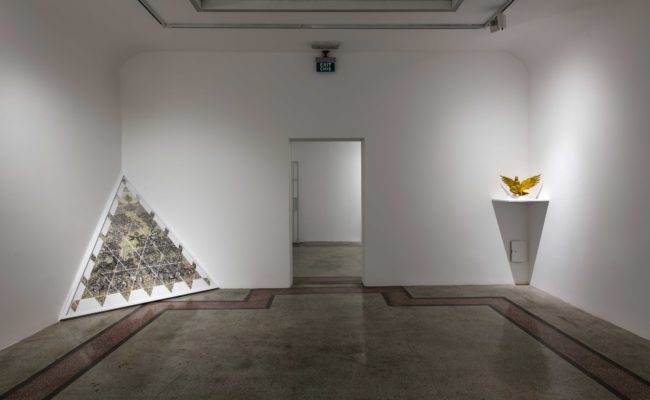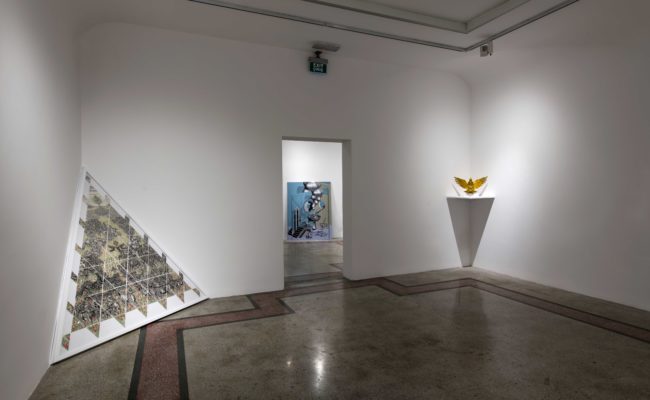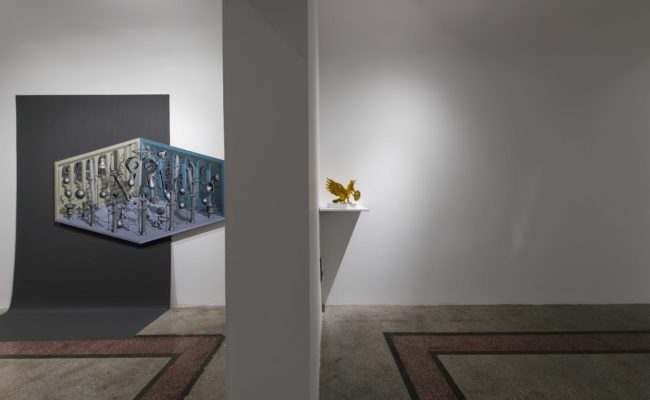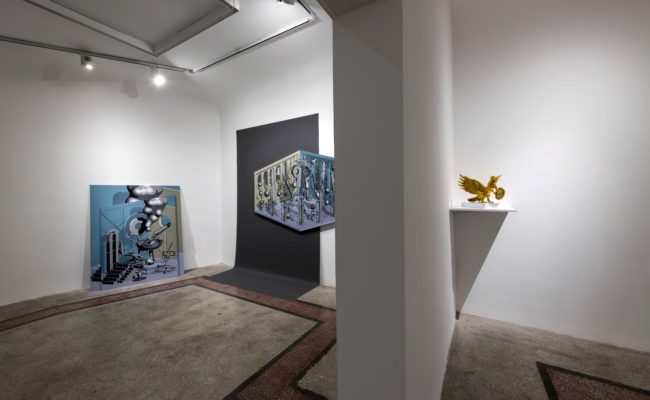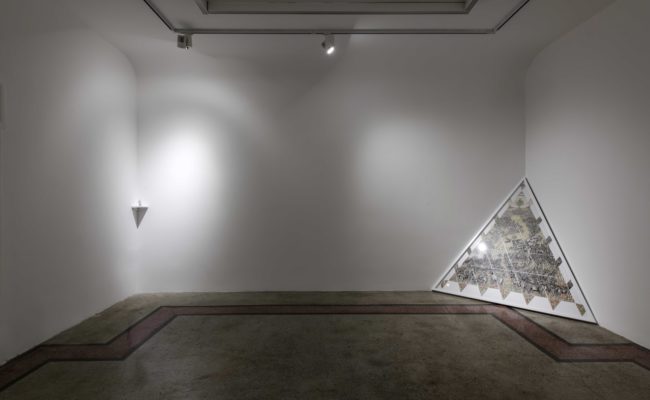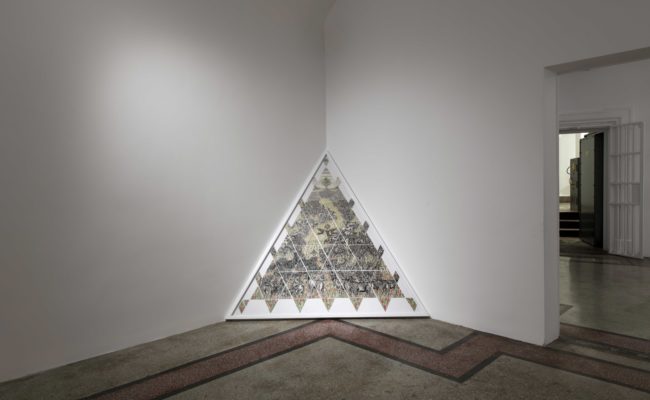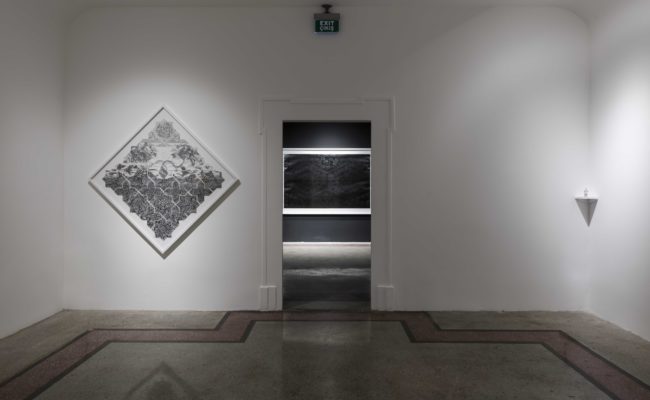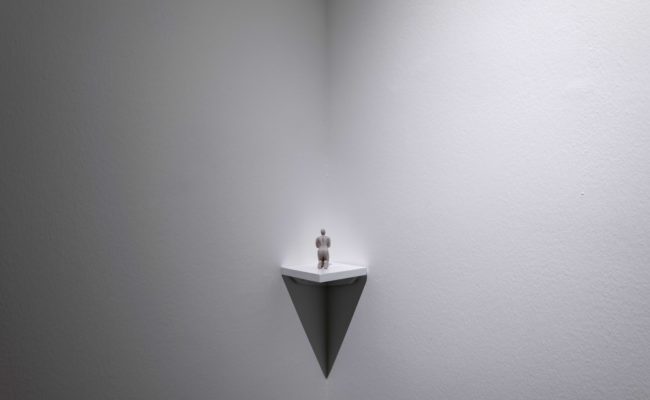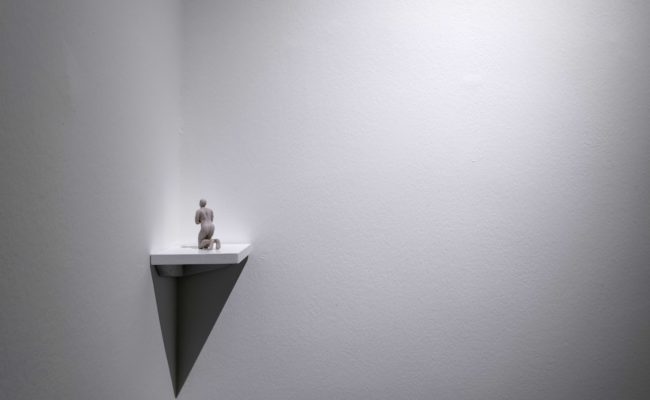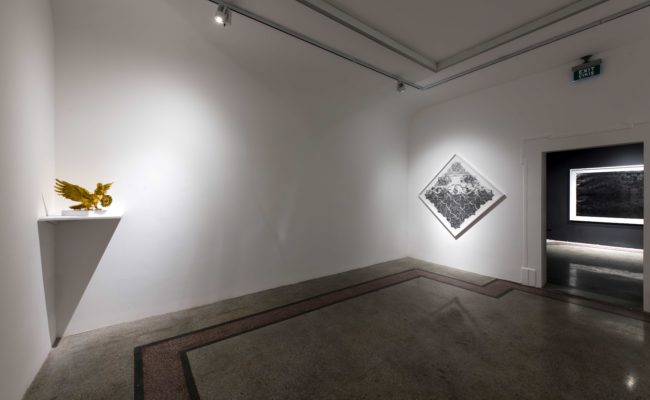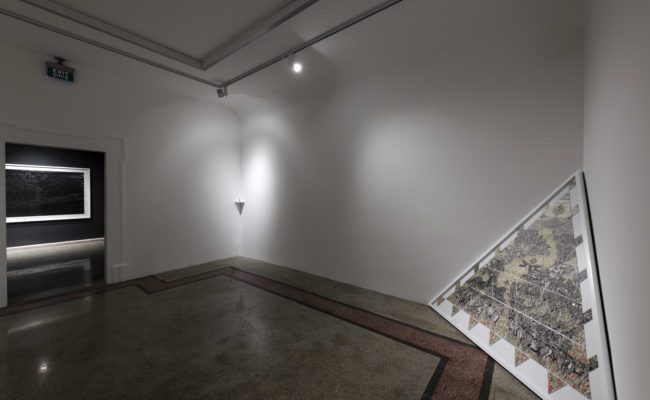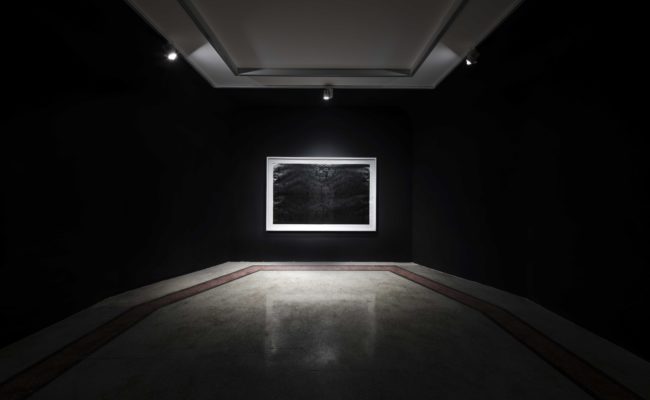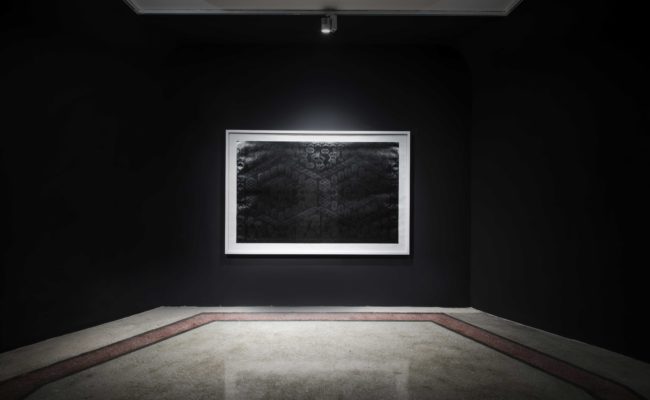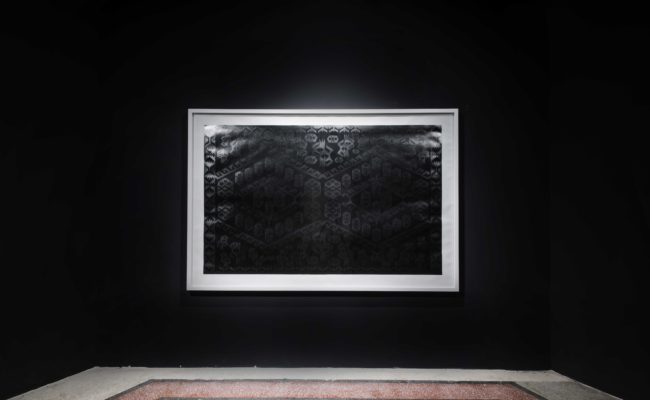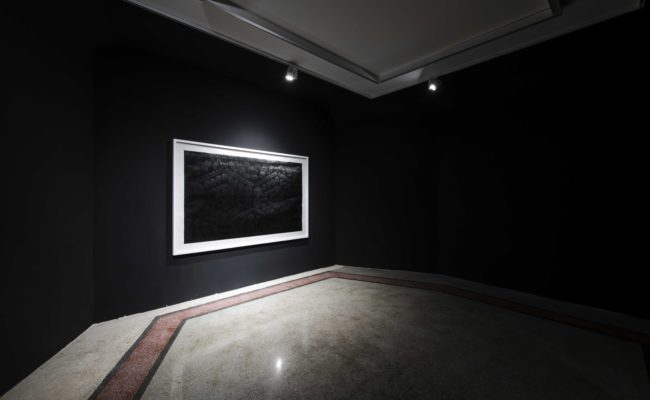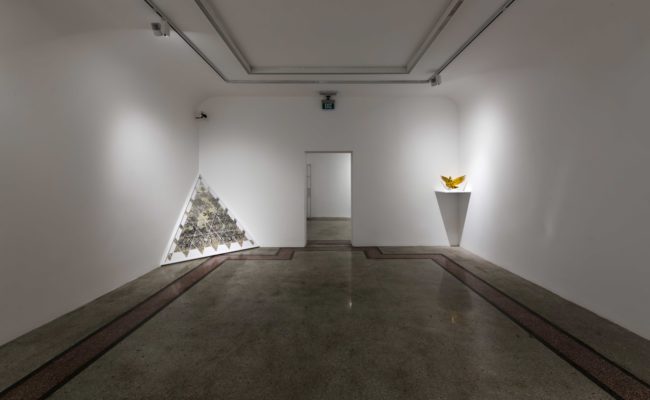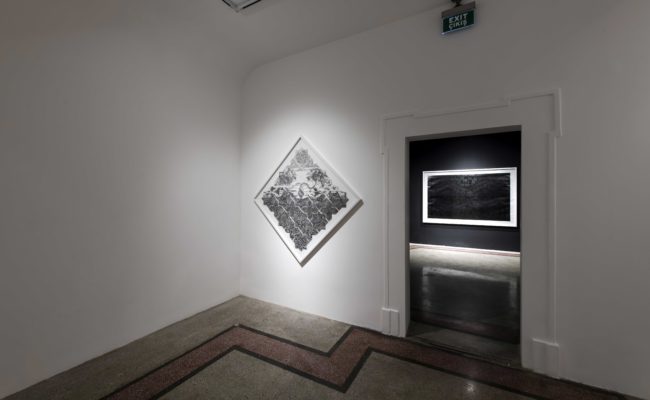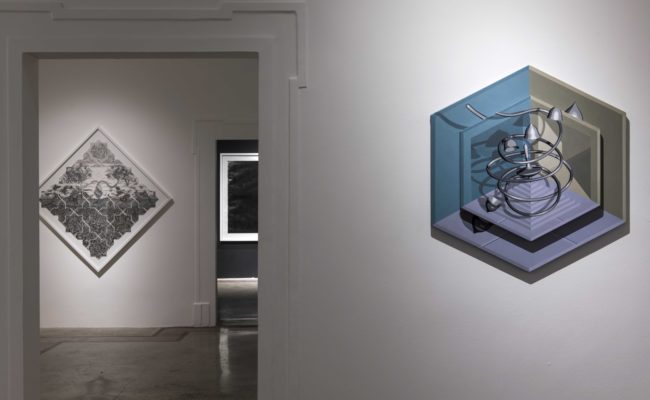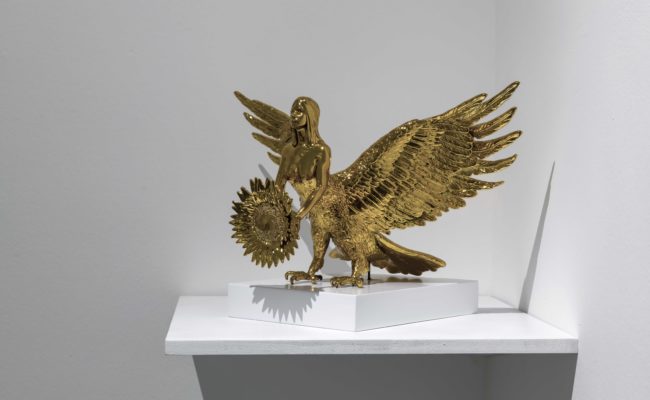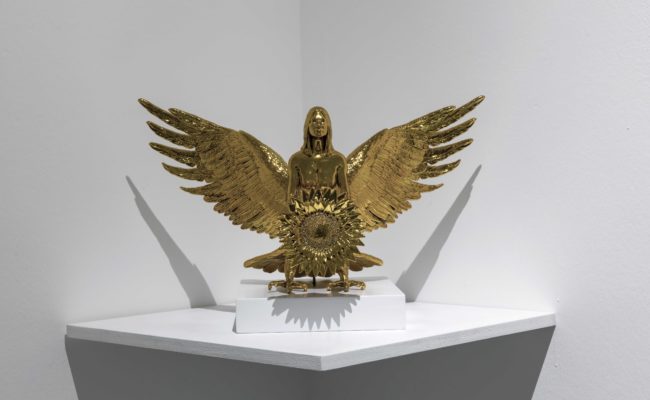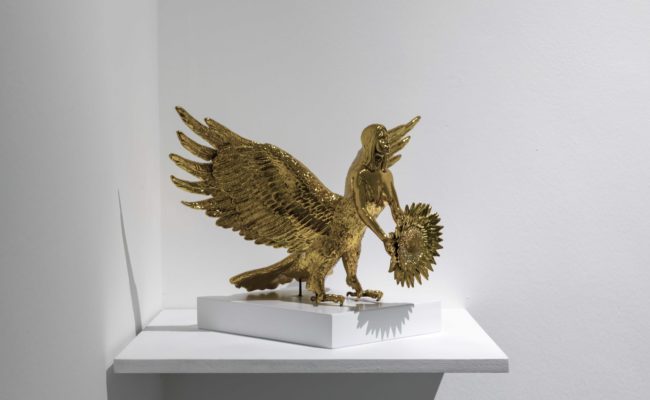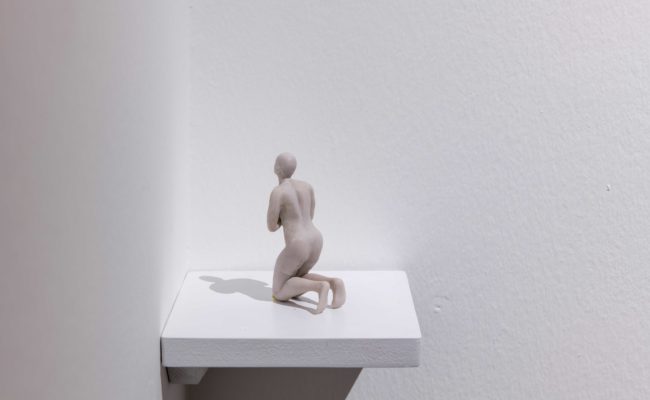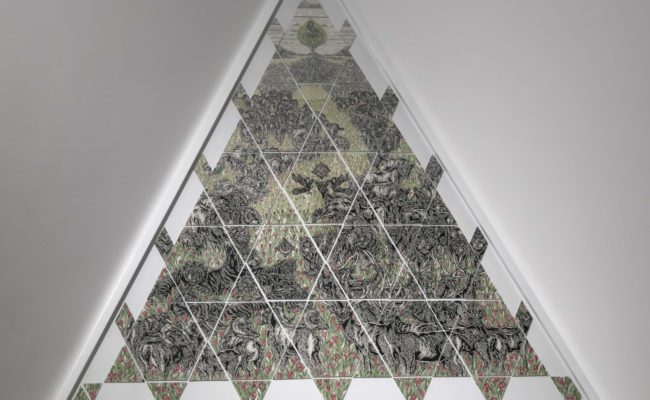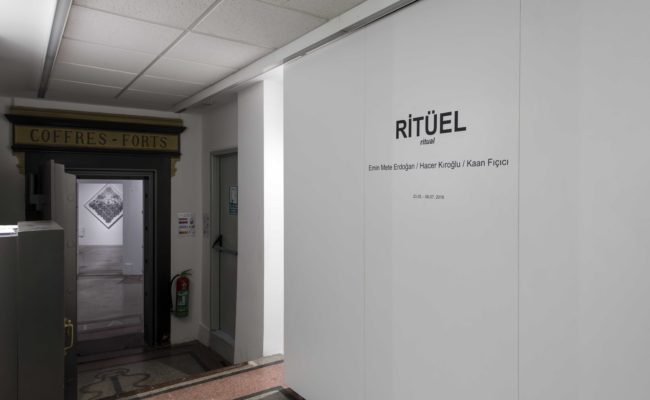Emin Mete Erdoğan / Hacer Kıroğlu / Kaan Fıçıcı
“We grow roots in rituals...”[1]
Rituals, essentially collective practices, are among the key components of social integration as a cultural indicator due to their form and content. The repetitive and cyclical nature of rituals designed to ensure remembrance is claimed to fulfill its function of conveying knowledge. Rituals that perpetuate knowledge, whether cognitive, material, moral or cultural, are, according to Gordon Marshall, "a model of behavior frequently repeated where appropriate through the use of symbols." Whereas rituals have come to be associated with the past, they can more accurately be regarded actions that build the connection between past, present and the future. They create linkage across times with their continuity, trigger historical and cultural change through their inherent motion, and make change inevitable, whether slow or fast.
The ritual's sphere of influence implies the perpetuity and continuity of social/cultural values, beliefs, common attitudes and behaviors ranging from theological to everyday, and the recurrent re-construction of collective memory through a feeling of communality. Repetition is in the nature of rituals. Like art, rituals are full to the brim with the symbols of a narrative/memory that is both authentic and personal, and anonymous and collective at the same time. If ritualistic acts convey knowledge through gestures, icons, images or objects and the "representation" of knowledge, the ritualistic stereotypes used in artistic production may be considered things that present the methodology of contemporary perception to us in images. The exhibition "Ritual" deals with social phenomena expressed in a symbolic language by proxy of steretypical objects. The exhibition employs ritualistic repetition to delineate the associative possibilities of cult objects and their presence in culture.
Emin Mete Erdoğan's sculpture “Sun Mother” and painting “Earth and Sky” focus on the change and transformation of the sacred through time. In the history of mythology, it is quite common that feminine deities of old are later turned into masculine forms by the dominant ideology. Also common is the demotion of a goddess to an angel. This piece depicts a harpy holding a sunflower, the representation of the Sun. Sun has always been a major symbol for shamanism, paganism and theism throughout history. Who holds the Sun, holds the power. The artists creates an area of interaction among ancient thought systems that surpass their subjective contexts and reproduce greater meaning.
Working on repetition in the practice of art, similarity and dissimilitude in repetition, and sound, rhythm and tracks as a function of action, Hacer Kıroğlu is influenced by carpet-weaving in Anatolia when she creates surfaces made of rhythmic sketchings. Her “Kilim” is the re-production of a carpet that was woven in 19th century İçel, where motifs of dragons, ram horns, bestial footprints, evil eyes, houndstooth and birds come together to protect life. The intrinsic rhythm and geometric genius of nomadic arts, the strong connotations of motifs used in weaving, and the ritualistic nature of the sound, movement and concentration found in the act of weaving are the results of the artist's quest for a common language.
Kaan Fıçıcı's painting “The Ritology Series: Unnamed” creates associations between the concepts of ritual in ancient communities and the society of the present day, studying the available data in the form of an ethnographic inventory. The artist uses the axiometric language of the mandala, the fictional images of ritual depictions, and images that belong to different periods of time to produce heterotopical ritualistic settings. The construction of these settings like stages alludes to game theories, which is the sociological equivalent of continuing social dynamics through rituals. Events that create transition points in everyday life and thye cyclic nature of living have been transformed into ritualistic acts through gestures, icons, images and objects. The exhibition "Ritual" explores the relationships between the plurality of cultural codes, the construction of symbolic reality, rituals as instruments for collective identities, and art as a ritual of creative action to build a meditative experience area that is based on repetition, pattern and motion, and is conveyed through symbolic images.
Emin Mete Erdoğan (1982, Istanbul) graduated from the Marmara University Faculty of Fine Arts Painting Department in 2010. He had his first personal exhibition, titled "Cern Plans", in 2013 in Sanatorium. His work has been featured in many collective exhibitions including "No 3" (Nesrin Esirtgen Collection, Istanbul, 2013), "Refraction" (Kare Sanat, Istanbul, 2014), ''Detail'' (Blok Art Space, Istanbul, 2016), ''Dystopia'' (Artist 2017, Istanbul, 2017), ''Mekan Atölye 5'' (Cern Modern, Ankara 2018), ''Metamorphosis'' (Adahan Hotel, Istanbul 2018), ''Now'' (O'art, Istanbul 2019) and ''Ritual'' (Kasa Galeri, Istanbul 2019). He held his second personal exhibition ''Entroforming'' in 2015, and third personal exhibition ''The Flood'' in 2018. He has also taken part in Ayrıca Miami Pulse 2013, Art Stage Singapore 2016, Art Dubai 2016, 2018 Contemporary Istanbul, and the 13th to 19th ArtInternational (Istanbul) fairs. In 2015, he was included in the book ''Gestalten Illusive-Contemporary Illustration Part Four''.
Hacer Kıroğlu (1985, Istanbul) has bachelor's and master's degrees from the Marmara University Faculty of Fine Arts Painting Department. She had her first personal exhibition “Up the Hill Down the Ramp” in 2017 at Pilot Galeri, followed by “Slient Square” in 2018 at Pasaj. She has joined collective exhibitions including Illegibility (The Pan Tadeusz Museum, Poland, 2016), A Die Roll Will Never Discredit Coincidence (Pilot, Istanbul, 2016), Performanve Memory (Plato Sanat, Istanbul, 2015), Day Before Tomorrow (Pilot Galeri, Istanbul, 2015), Water Work (Siemens Sanat, Istanbul, 2013), Sculptive Acts (White Box, Munich, 2013), and Facing the Artwork (Werkleitz: Centre for Media Art, Halle, Germany, 2011).
Kaan Fıçıcı (1982, Istanbul) graduated from the Mechanical Drawing section of the Vocational High School of Istanbul in 2000. He received basic art training in the Ministry of Education's Art Houses in 2001. In 2009, he graduated from the Istanbul Bilgi University Visual Communication Design Department with a scholarship. Since then, he has been a designer and visual director. Exhibitions and Events: 2006 - Mevis & Van Deursen Studio 2008 - Tershane Workshop Days - Tershane Projects, 2008 - Selections from Turkey - Resfest Istanbul, 2009 - track09 - Santralİstanbul 2013 - Posca Art Exhibition - Milk Gallery 2018 - Nine Prophecies, Coincidence - Nev Atelier, 2018 - 36th Contemporary Artists Exhibition - Akbank Sanat 2019 - Urban Stories from Yeldeğirmeni2
[1] Richard Sennett, “Beraber”, Istanbul, Ayrıntı Publishing, 2012:114.
Photos: Kayhan Kaygusuz

